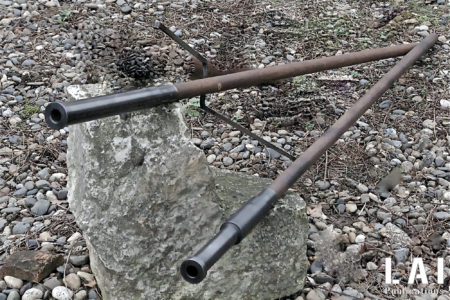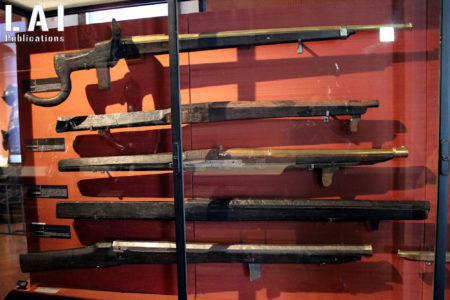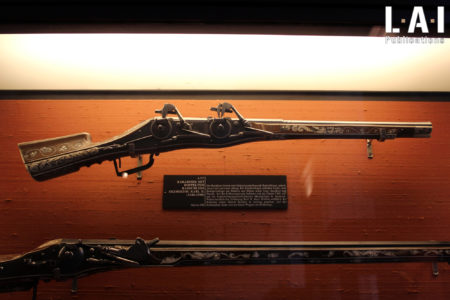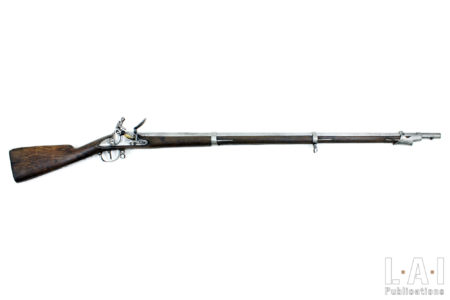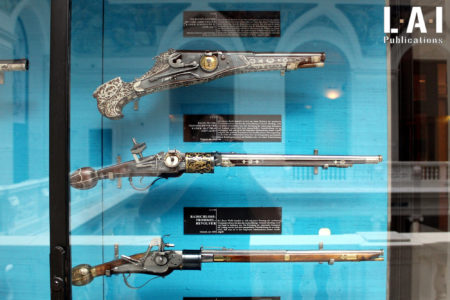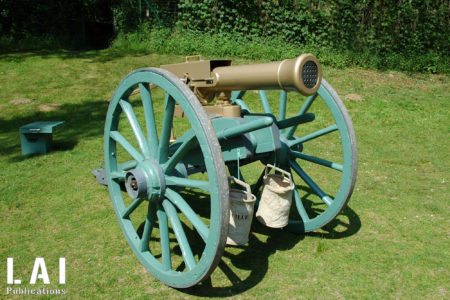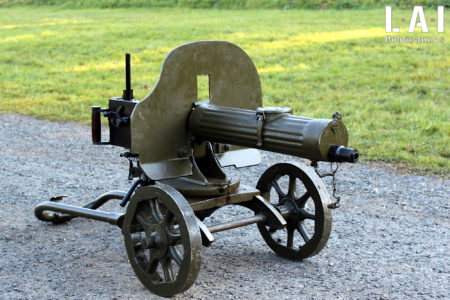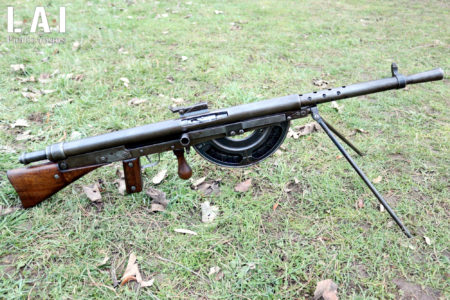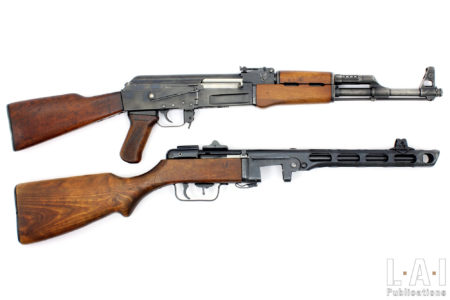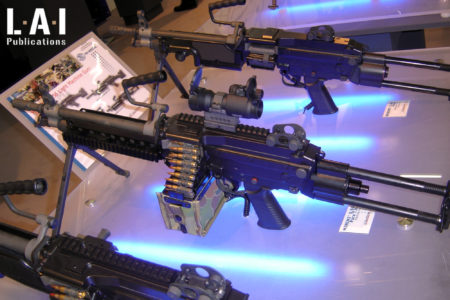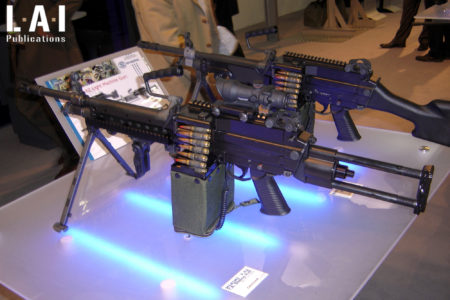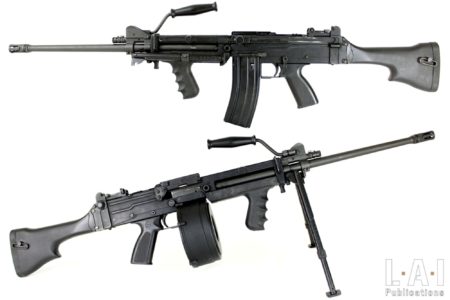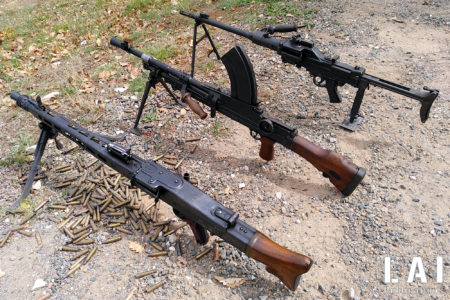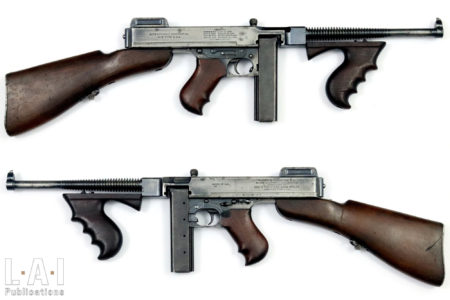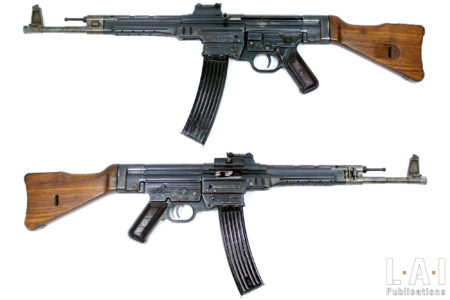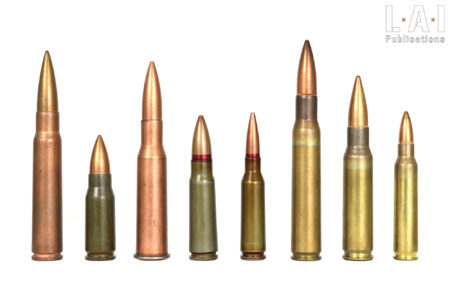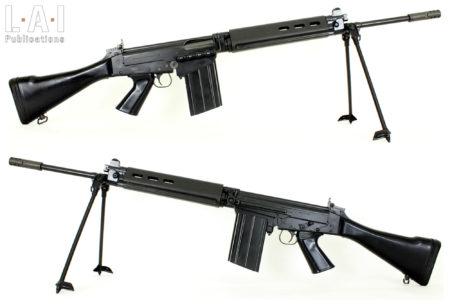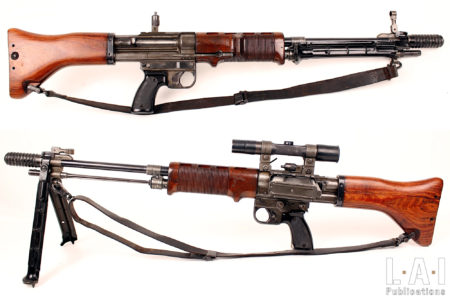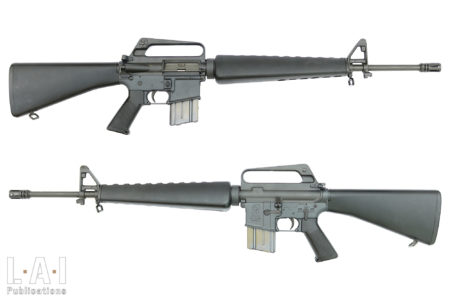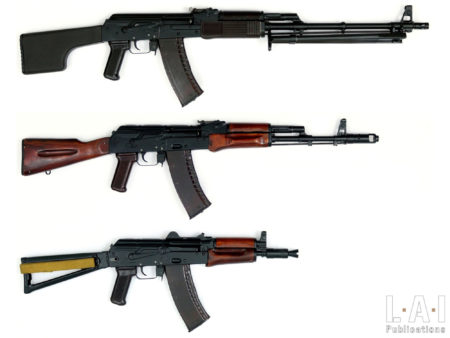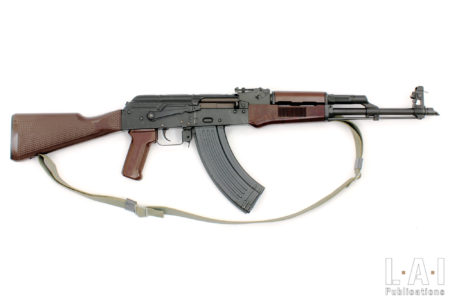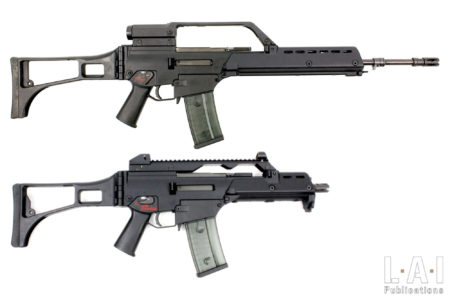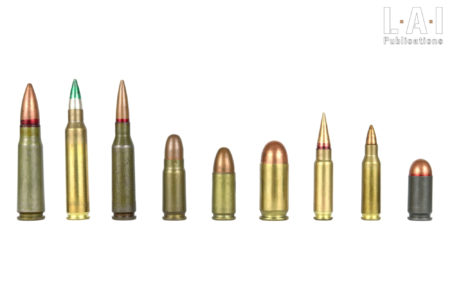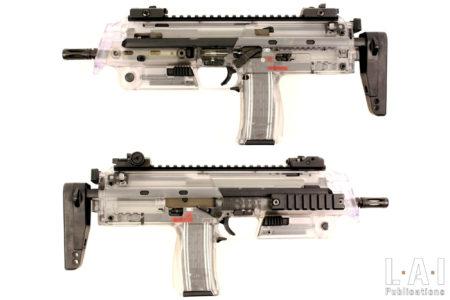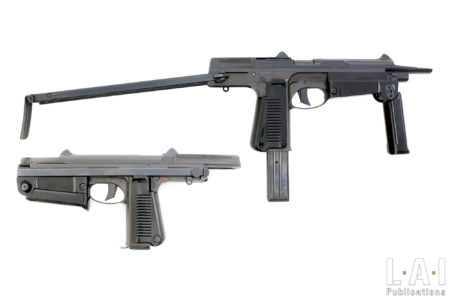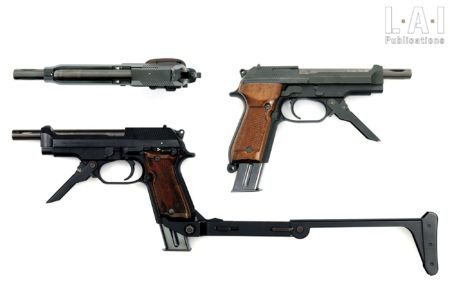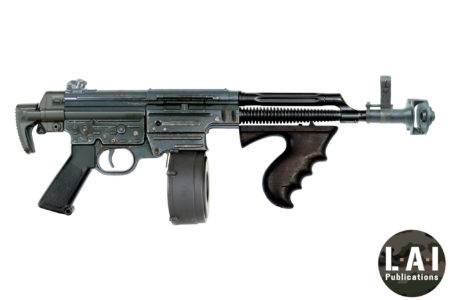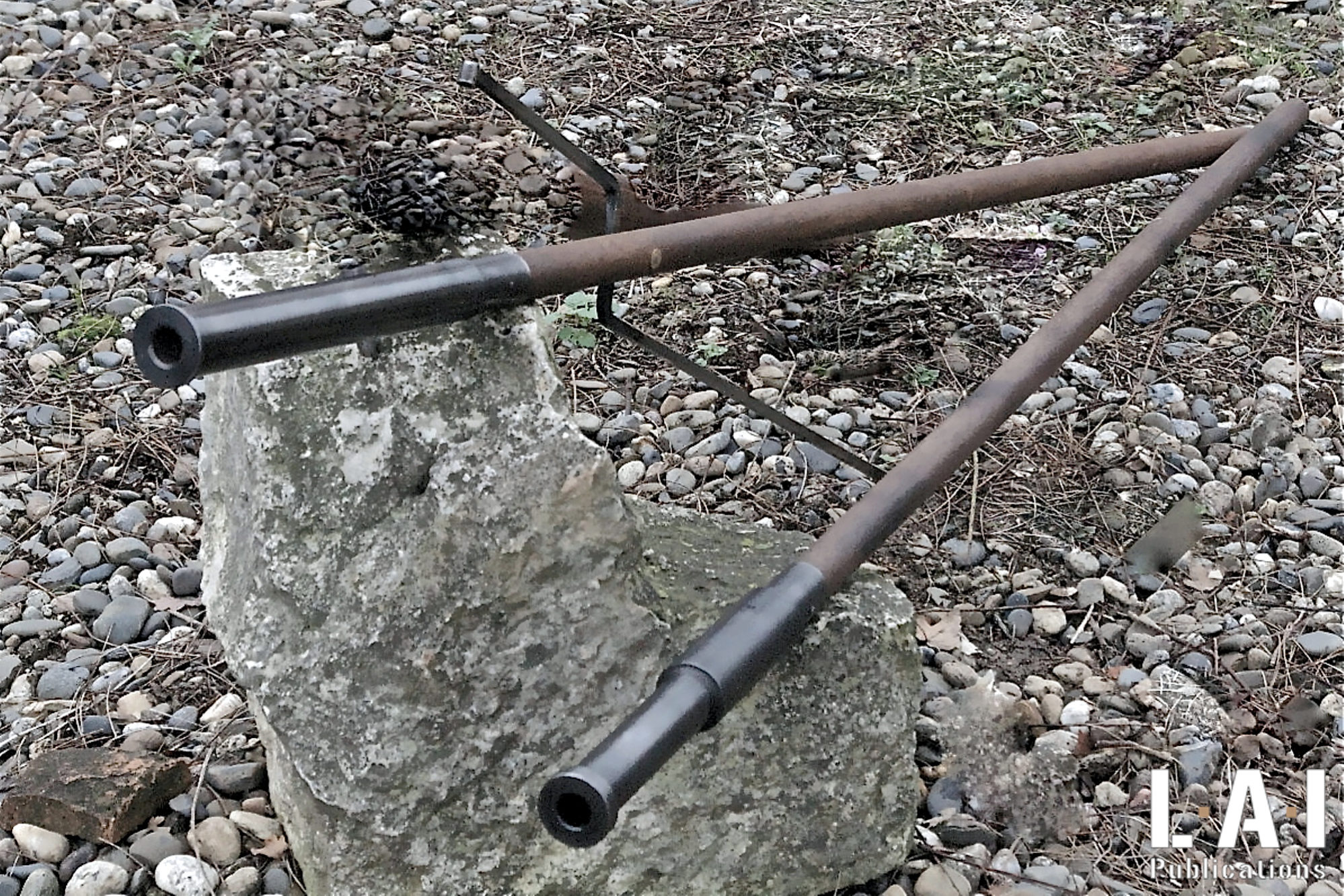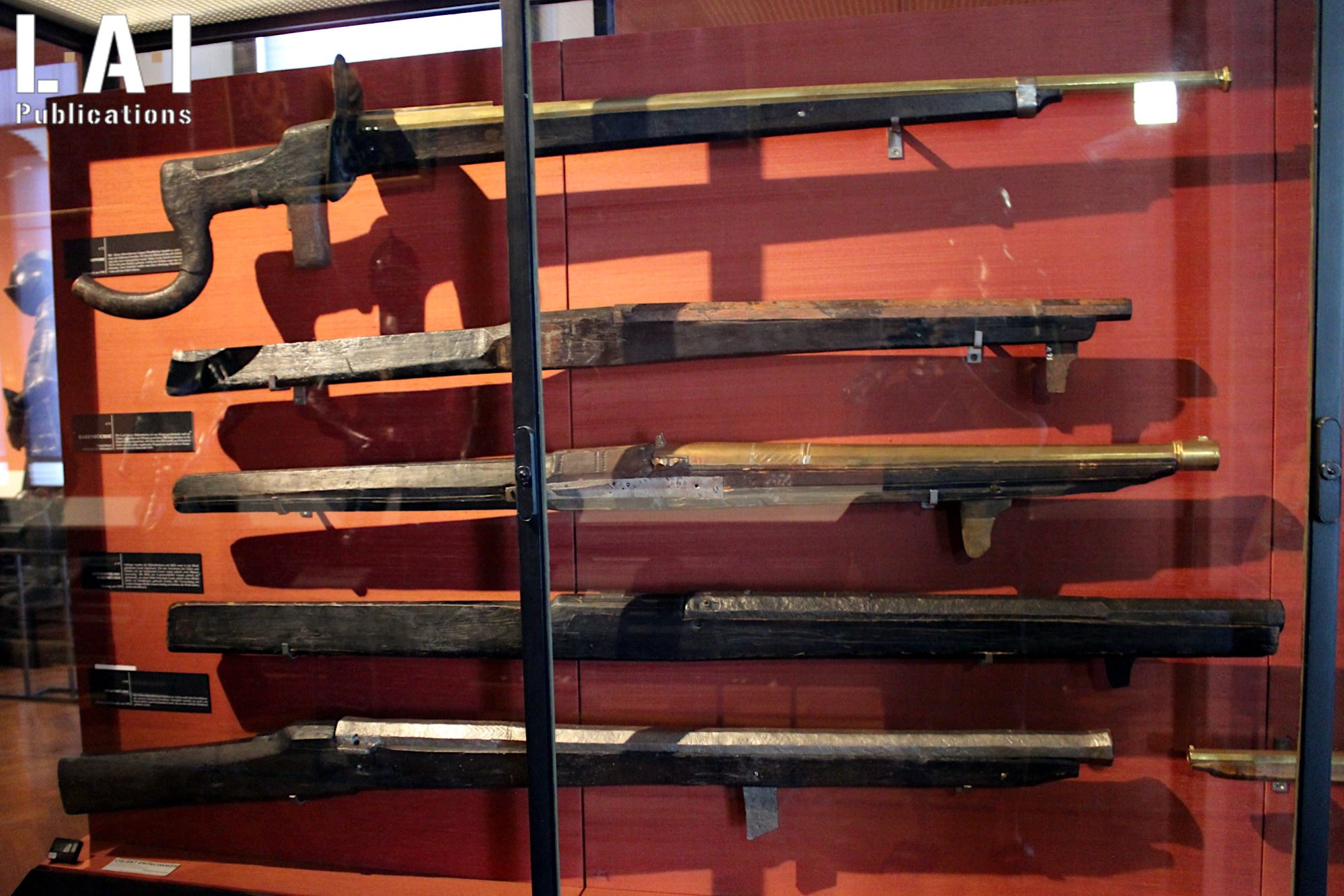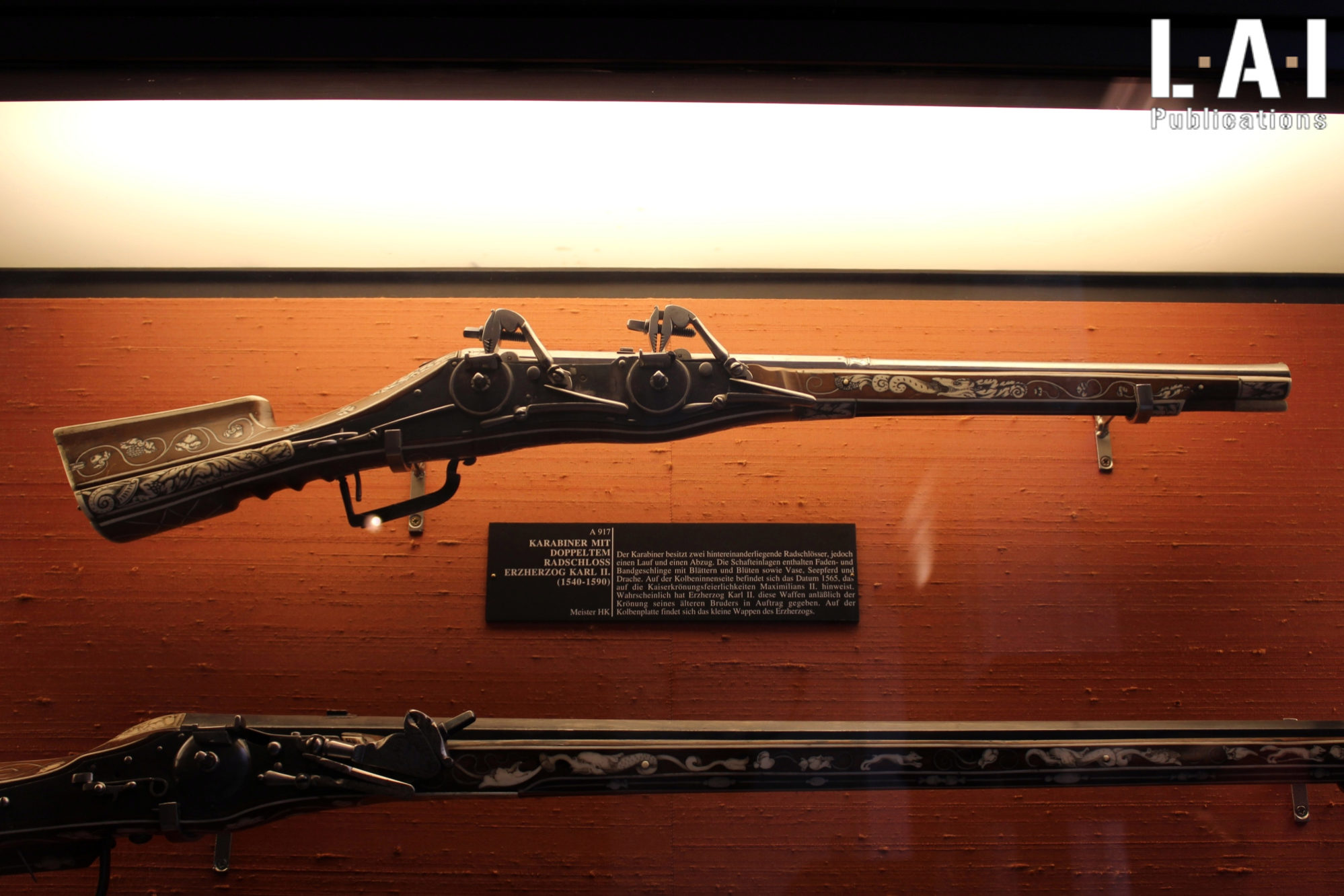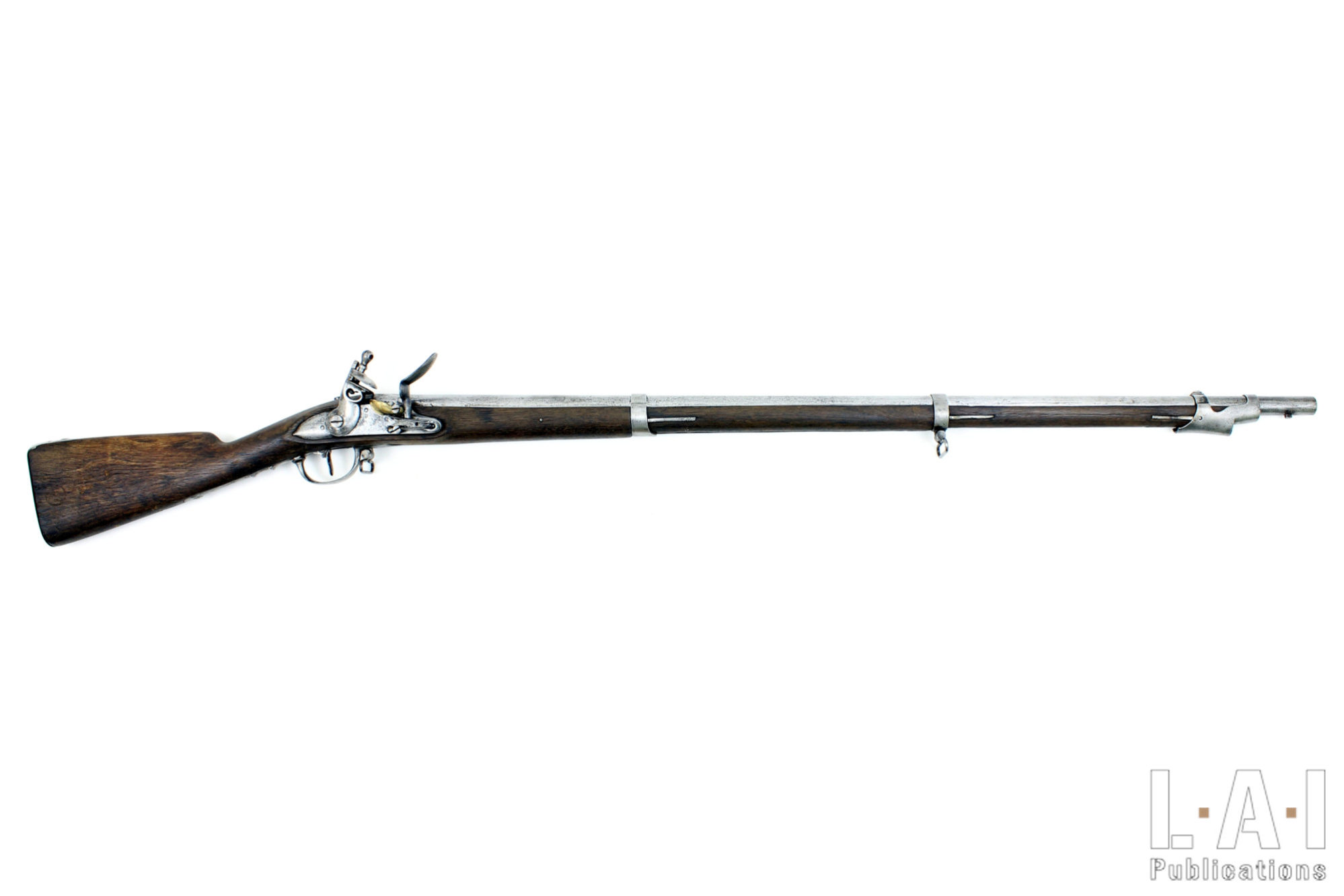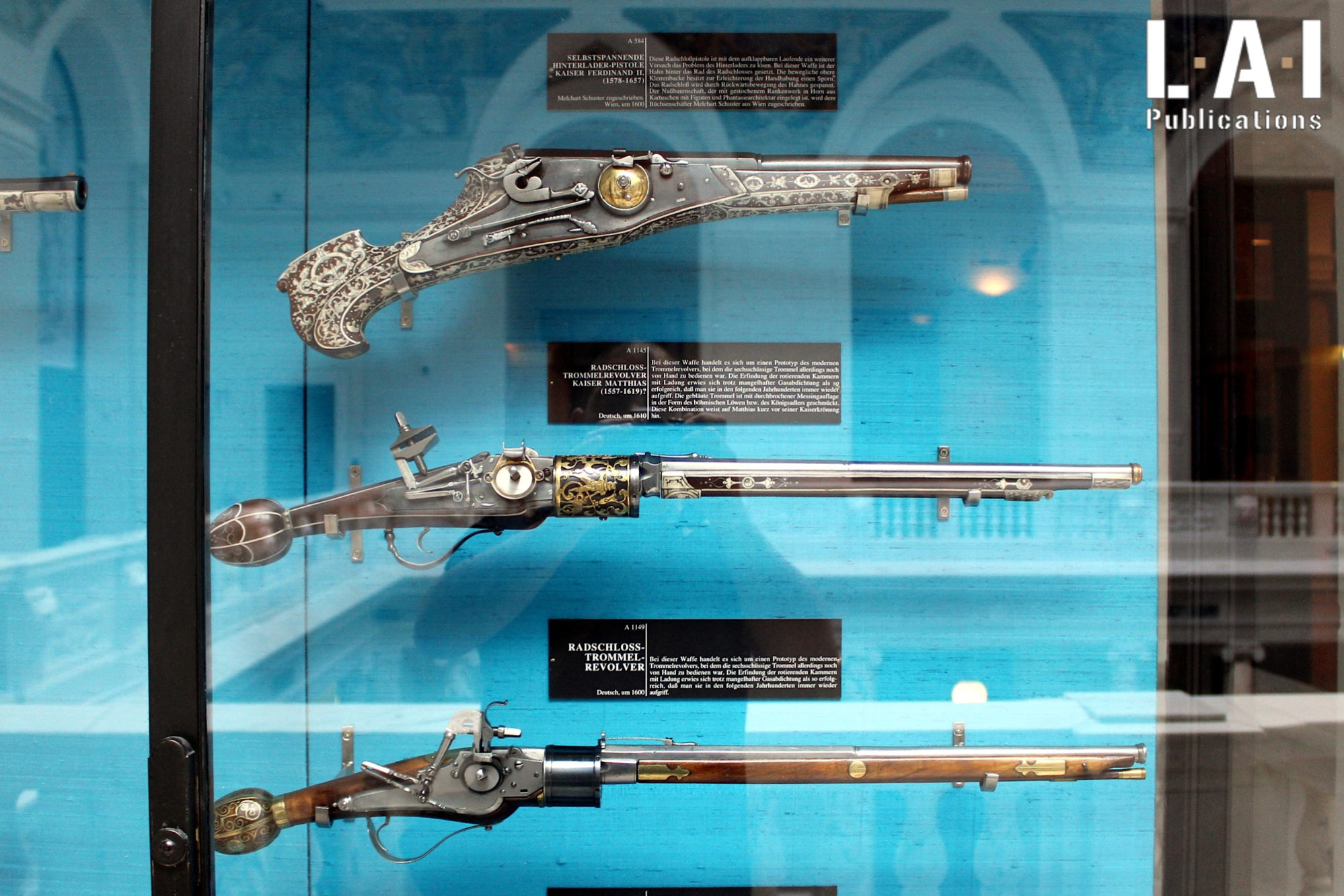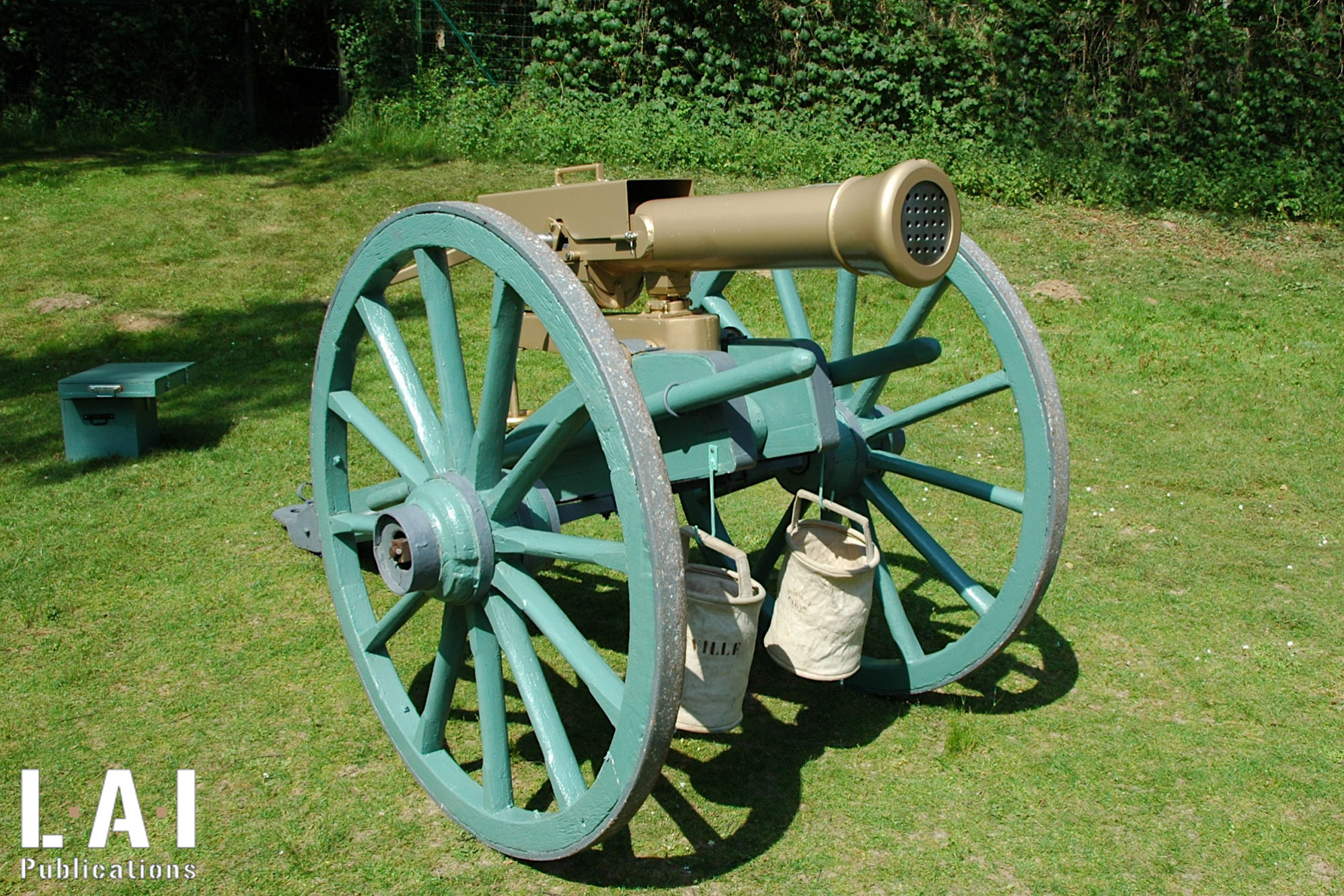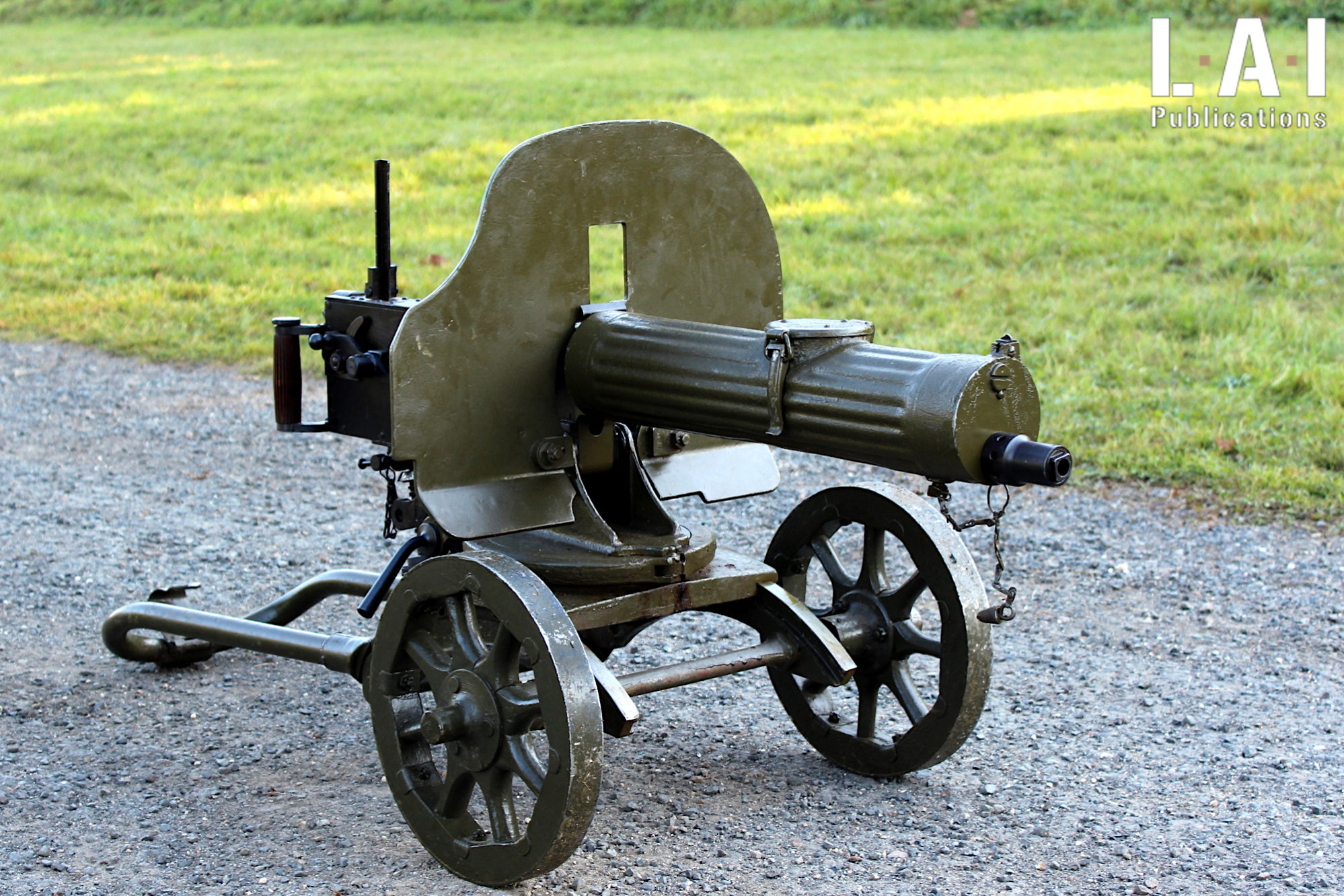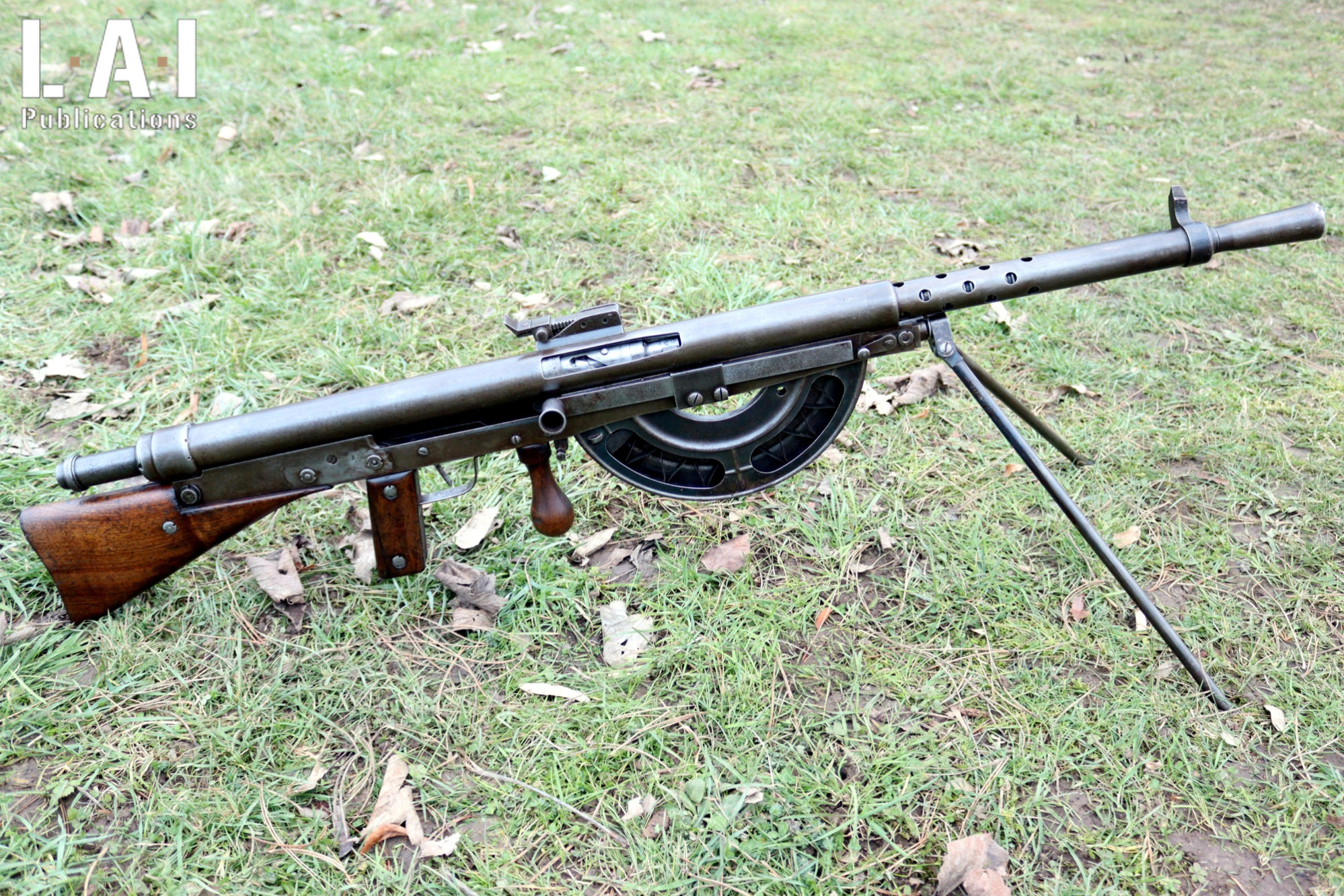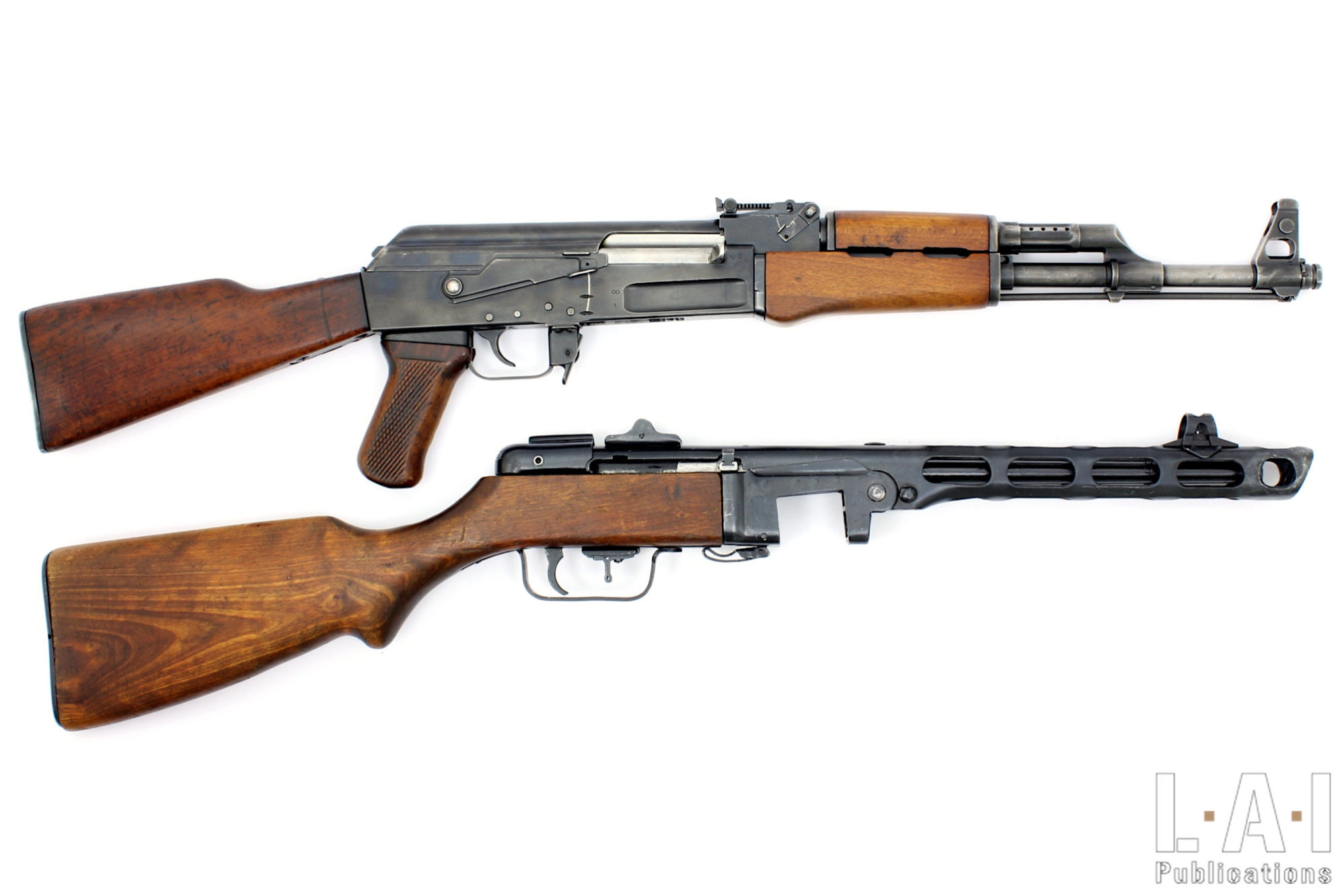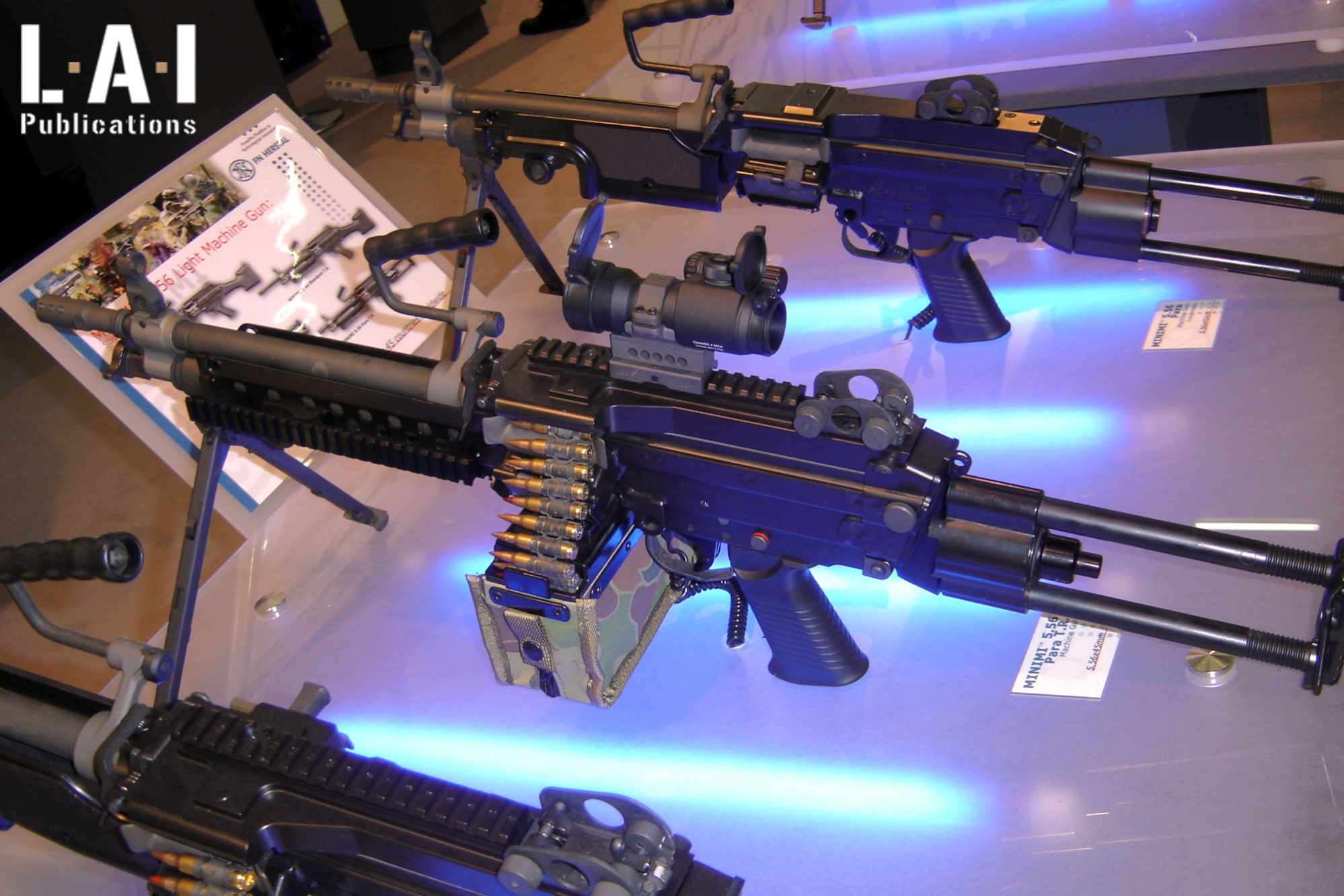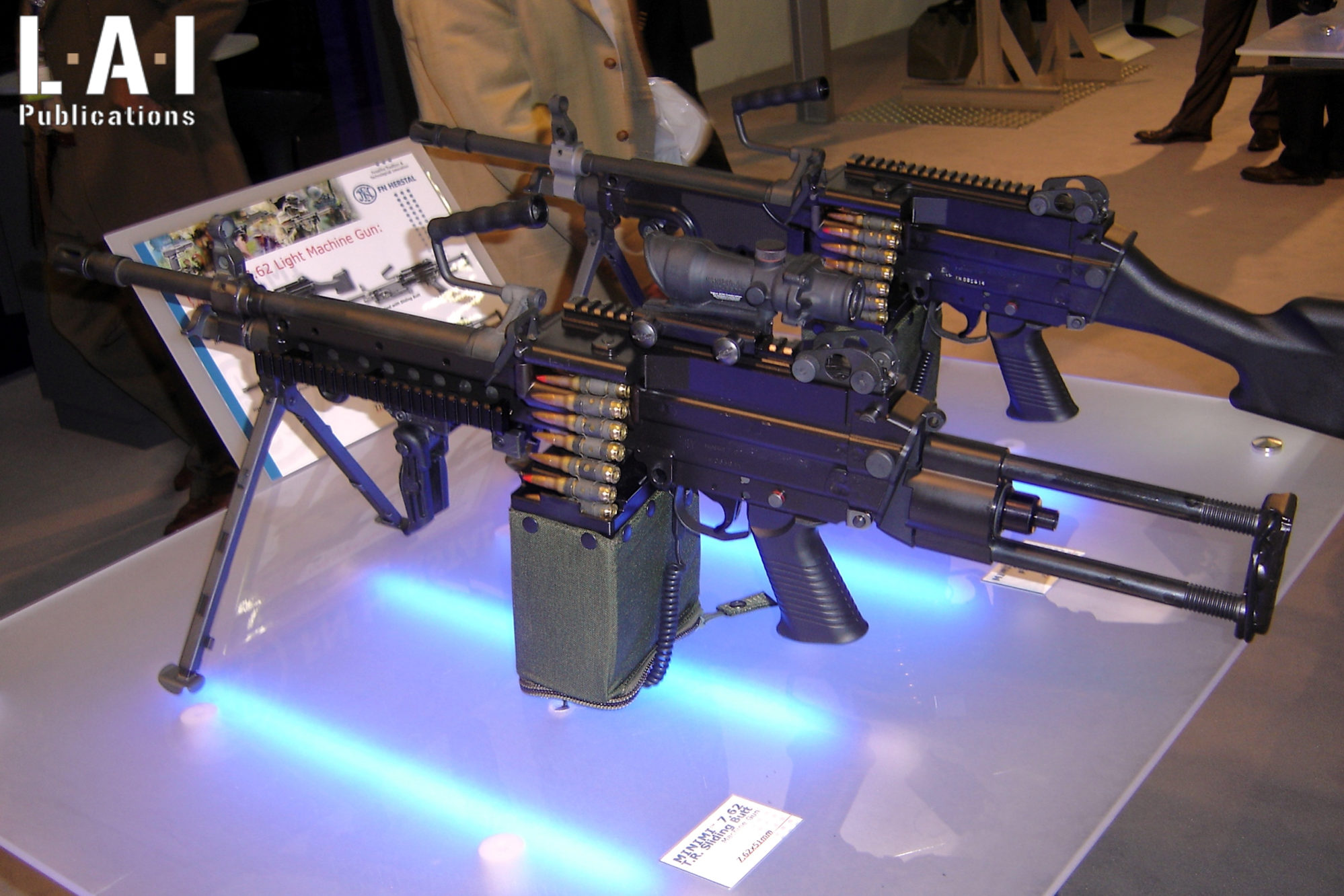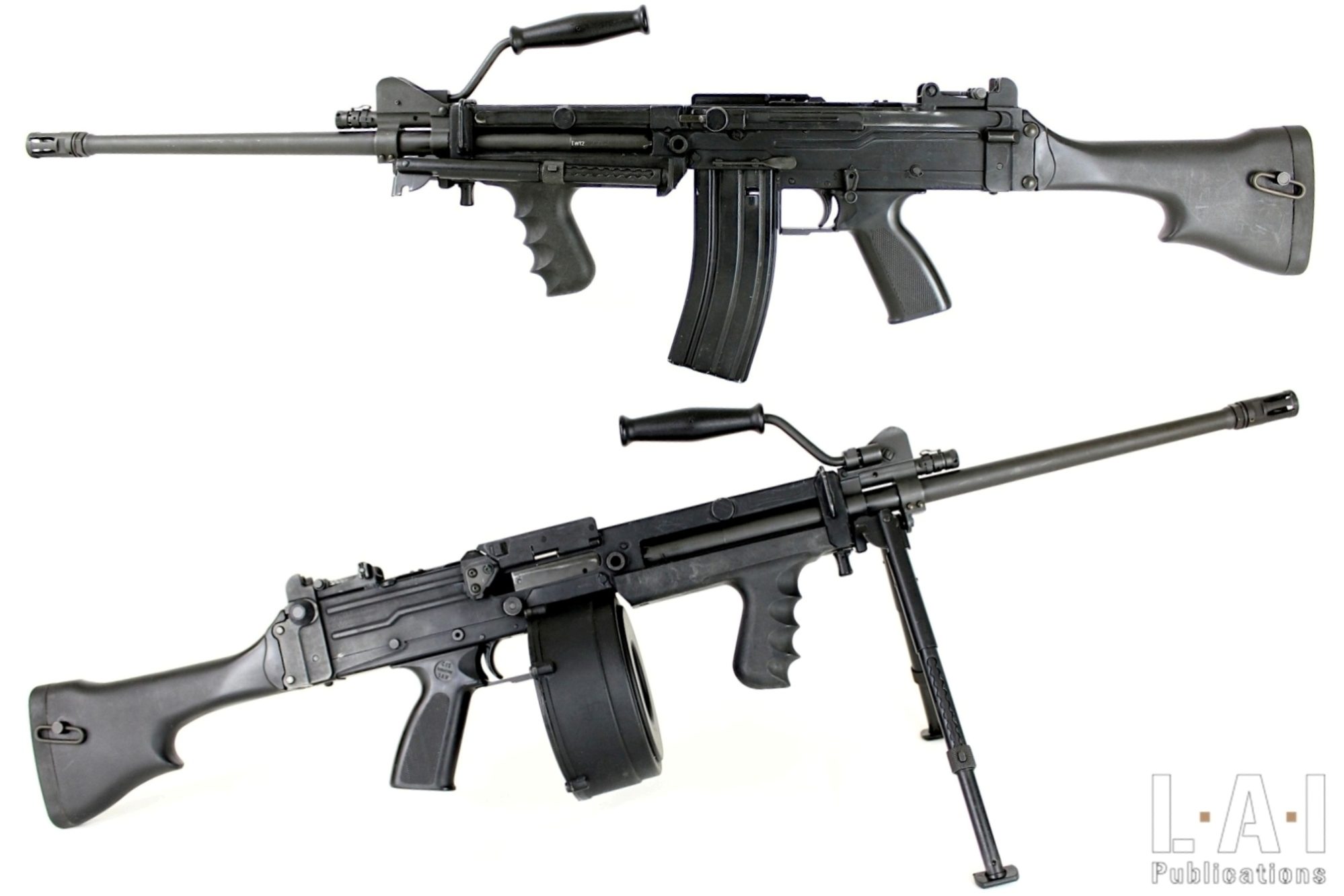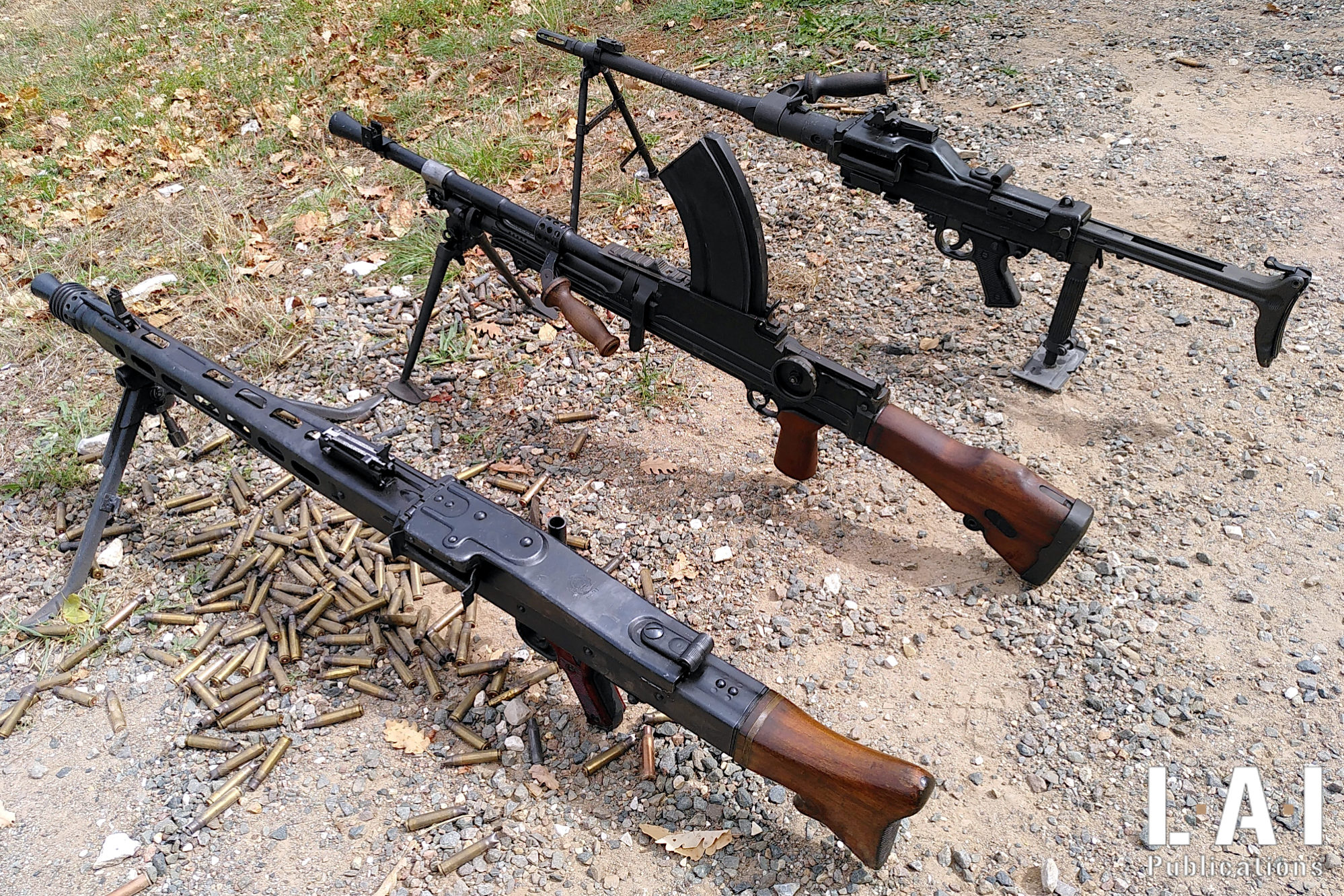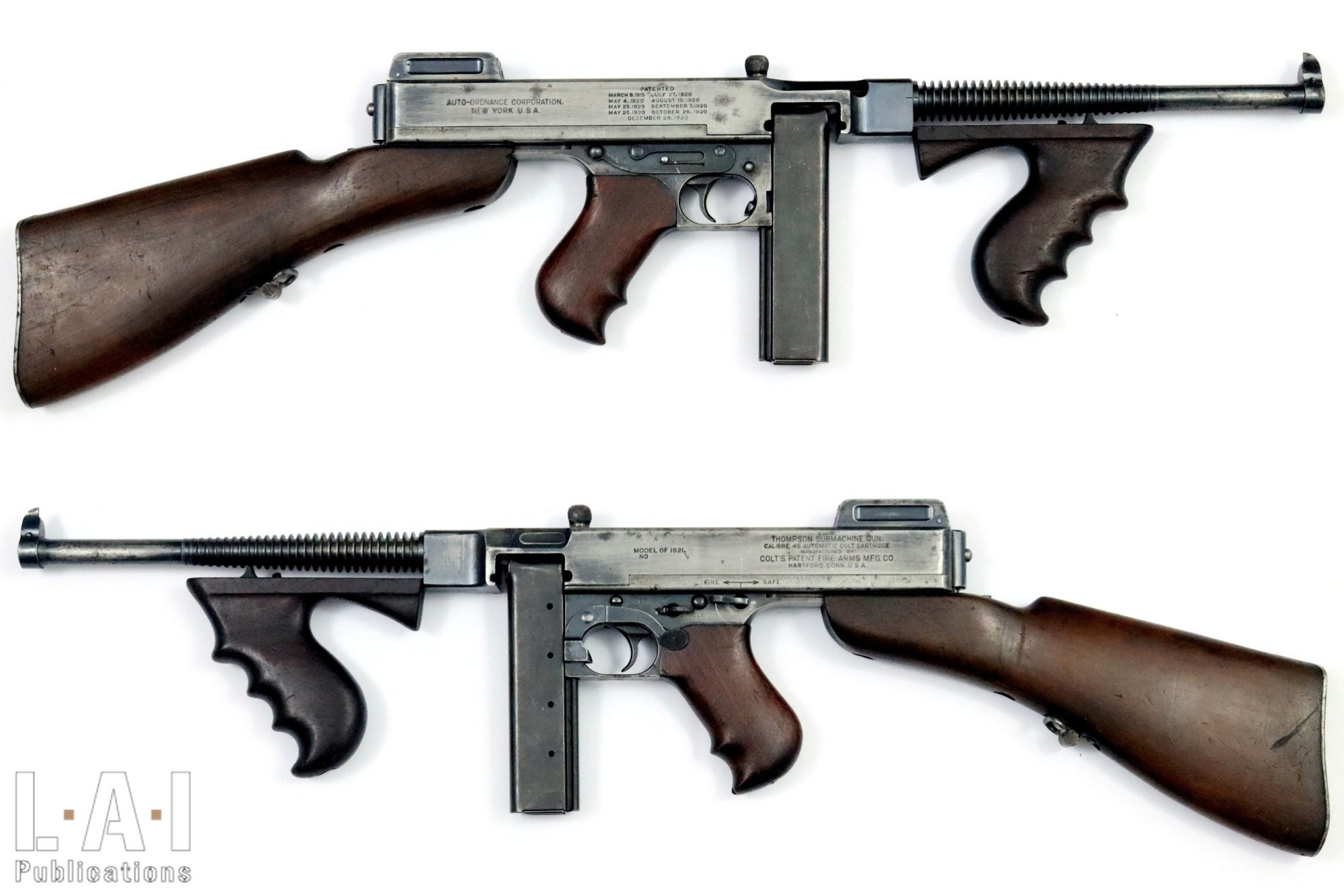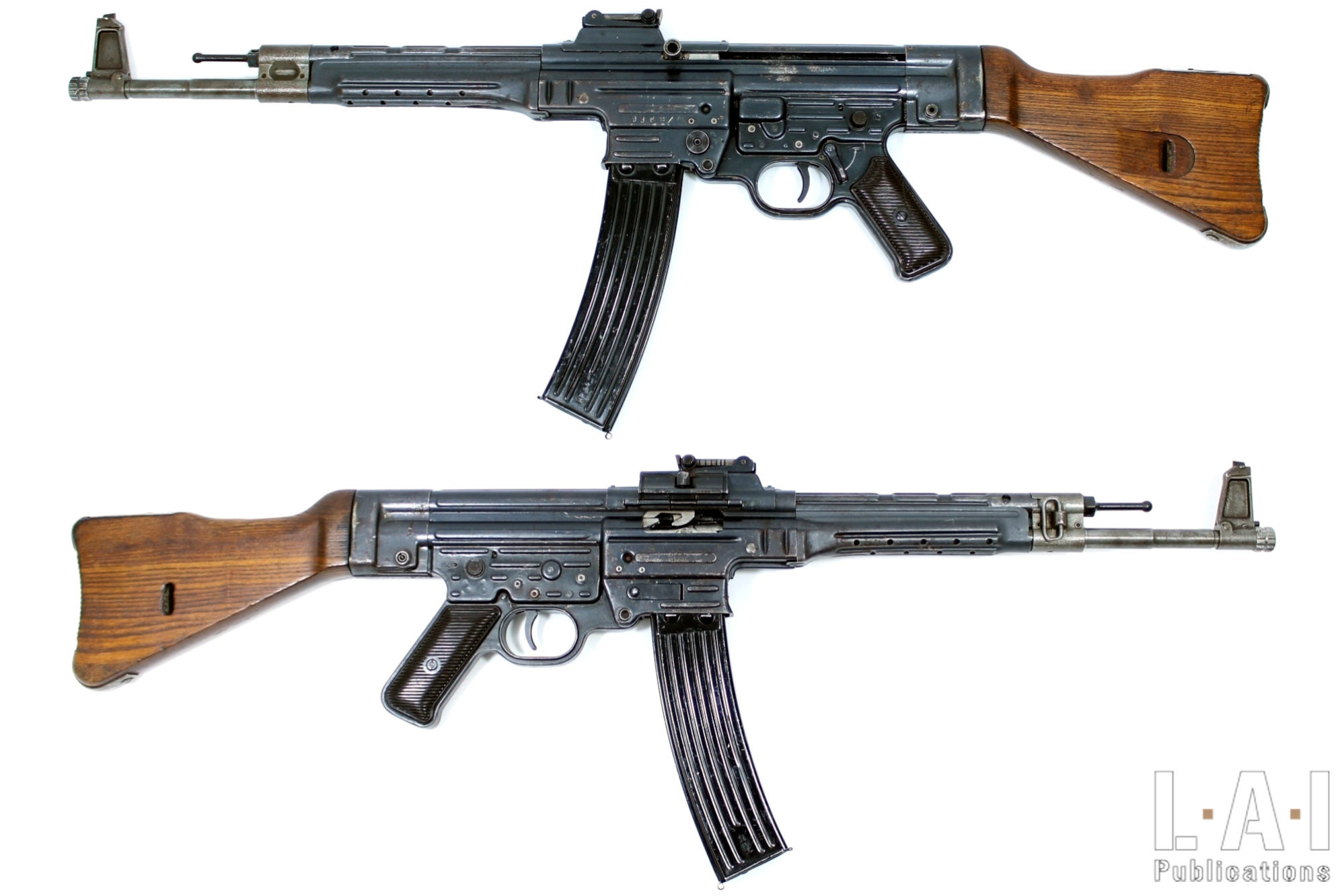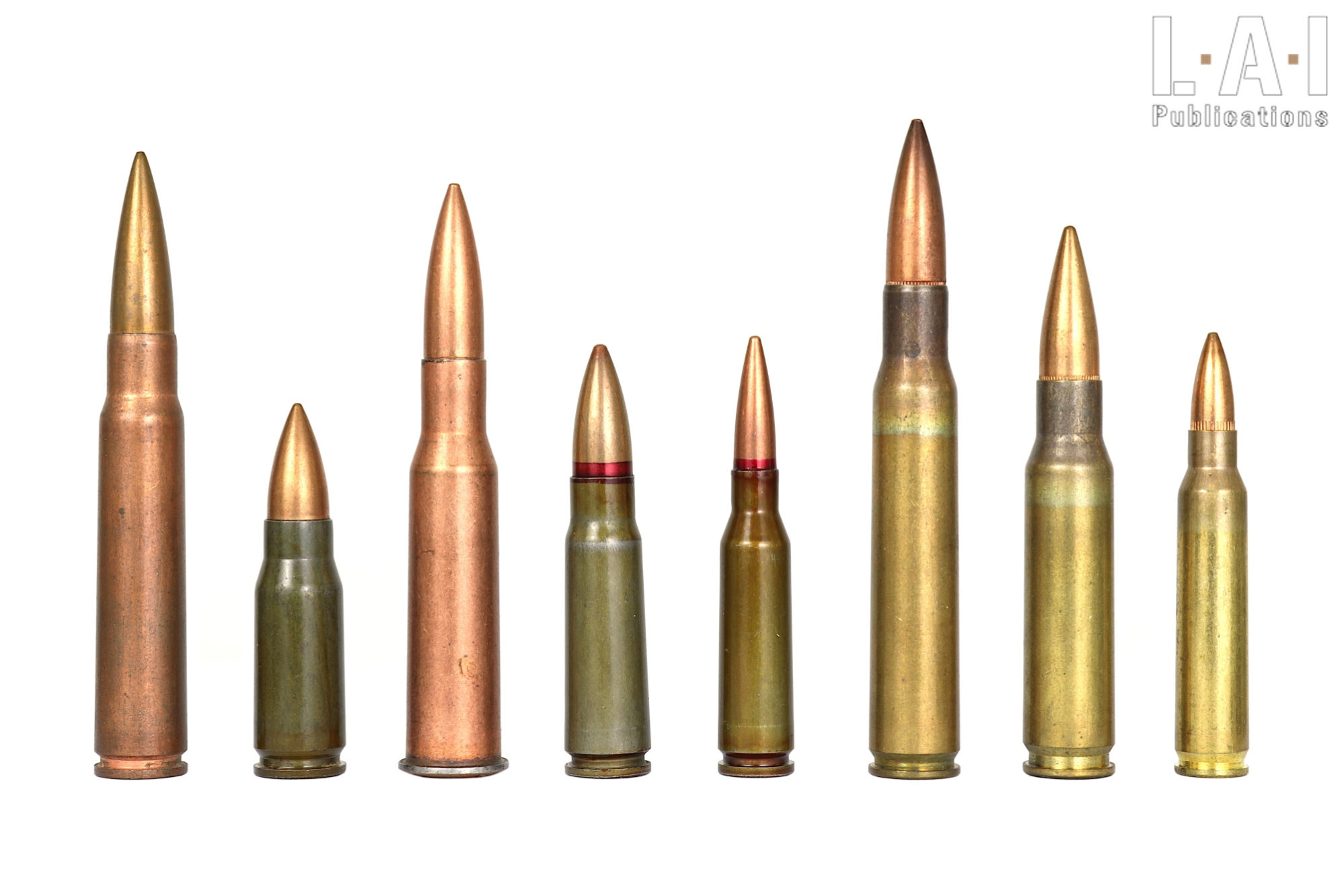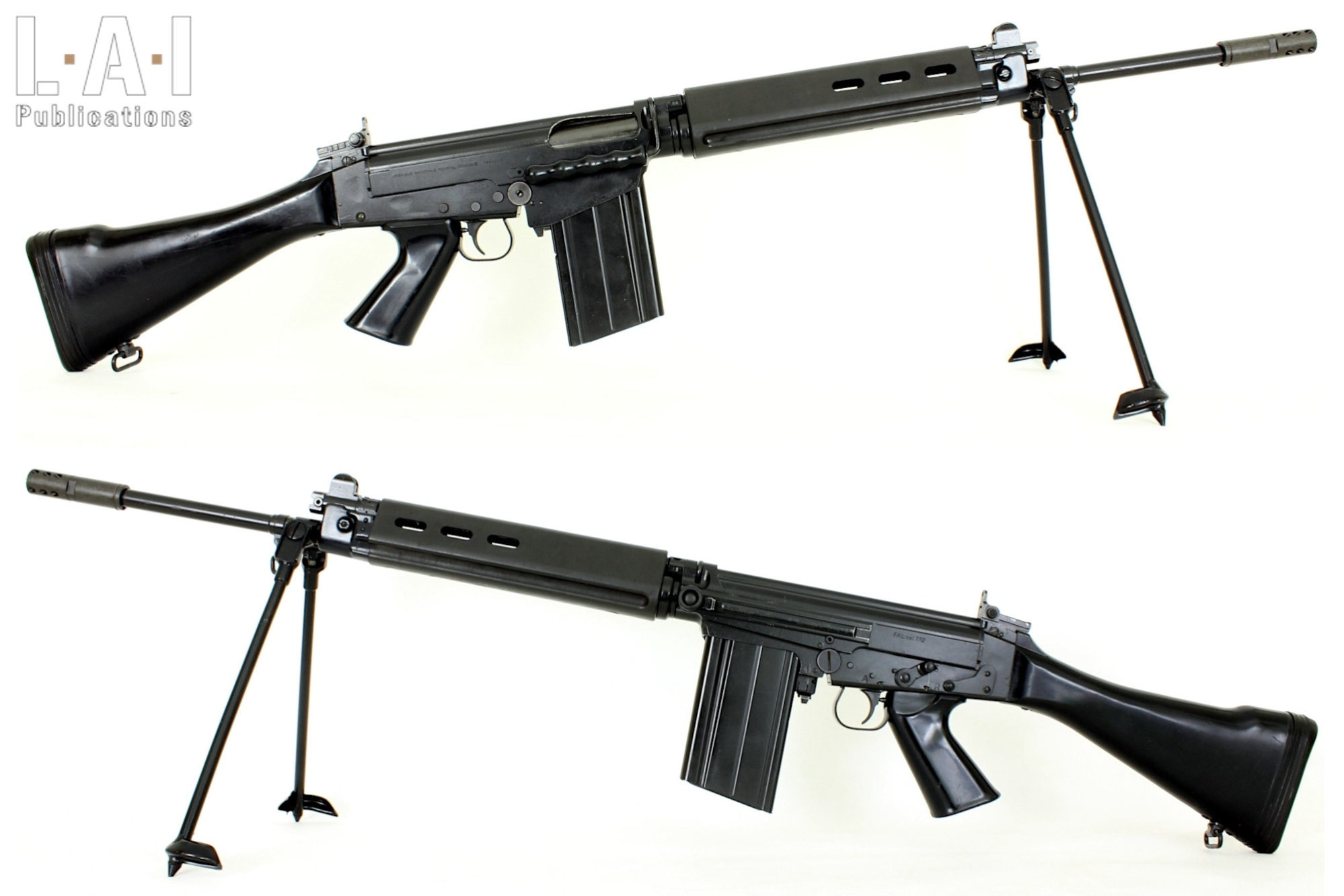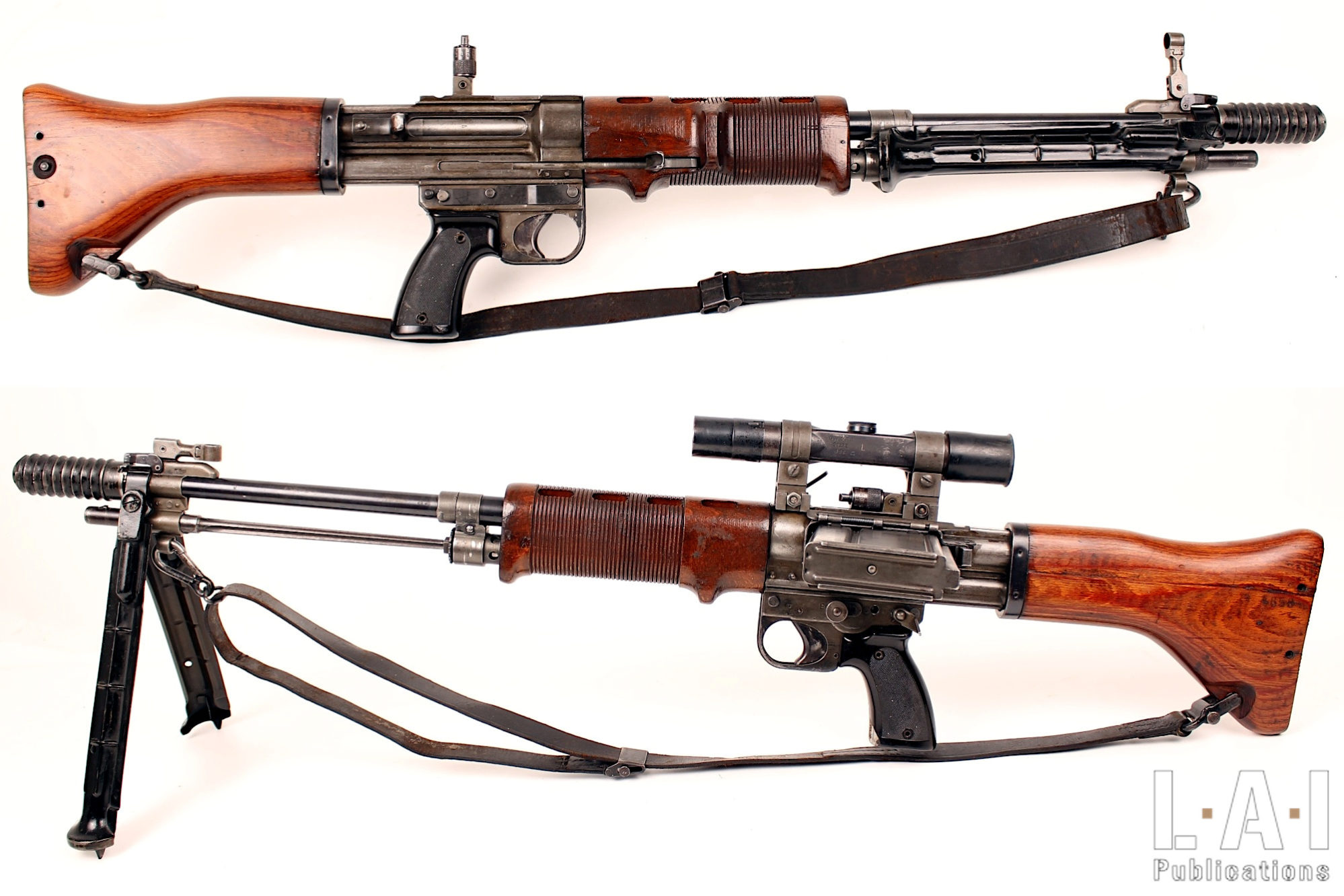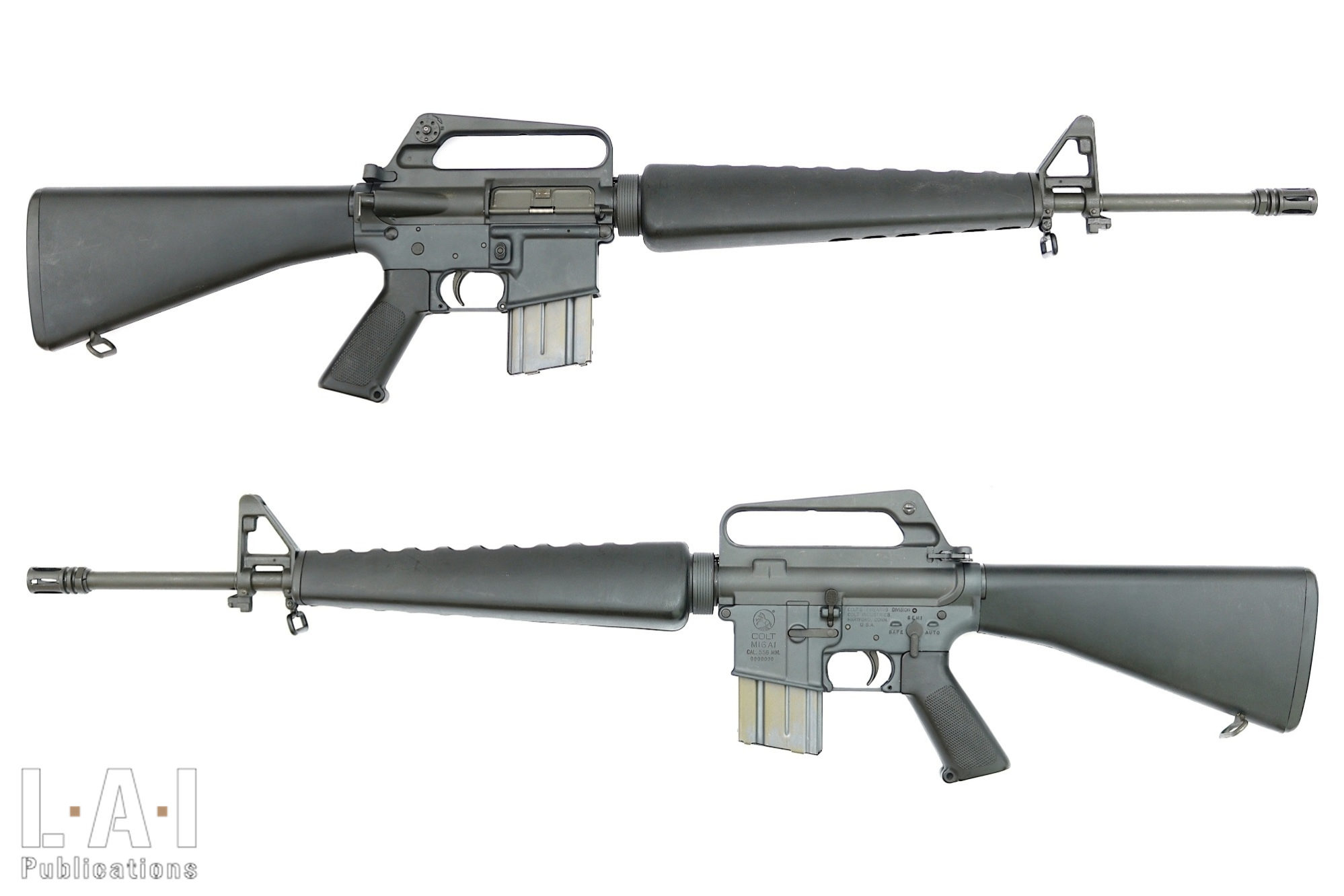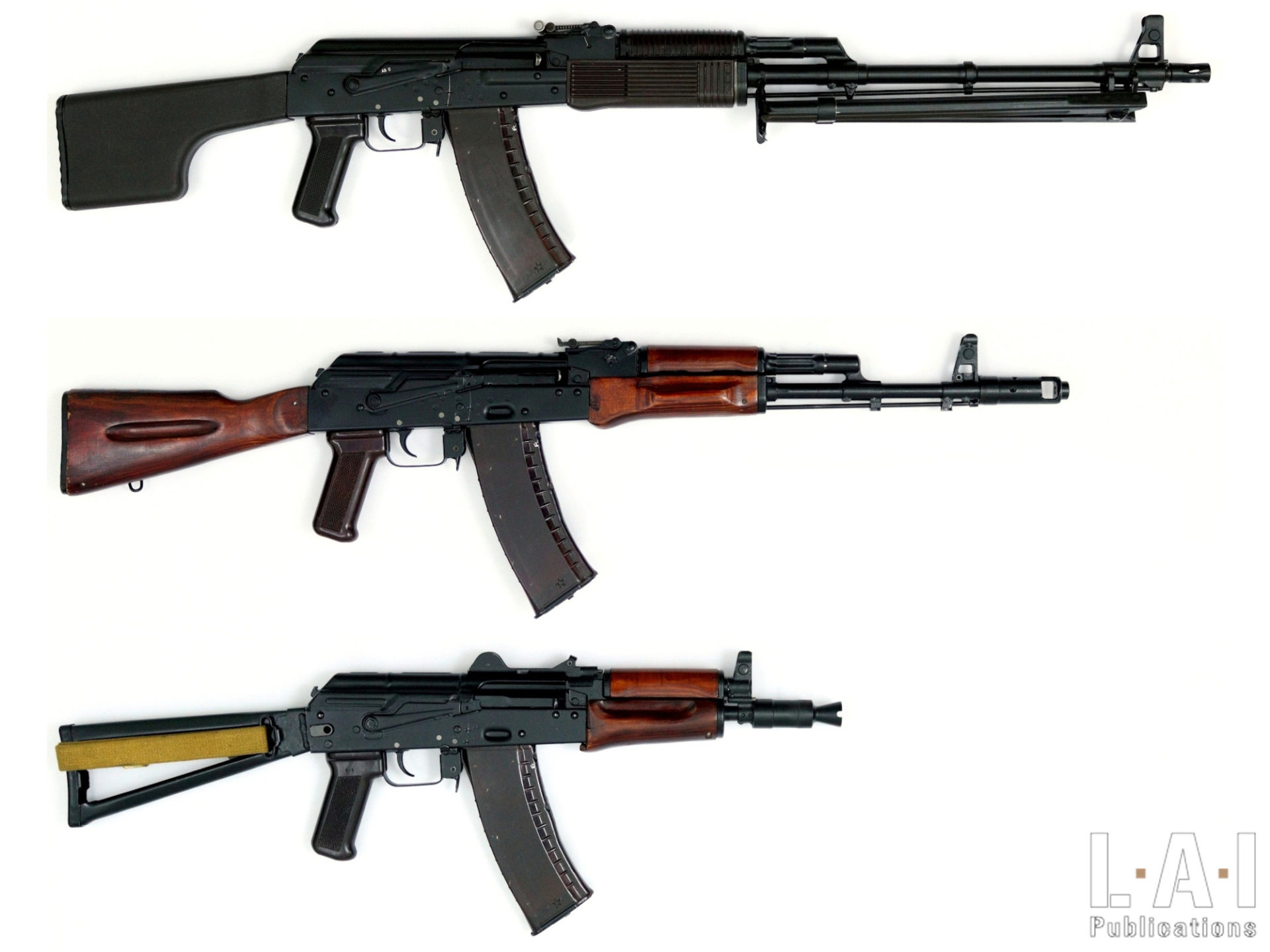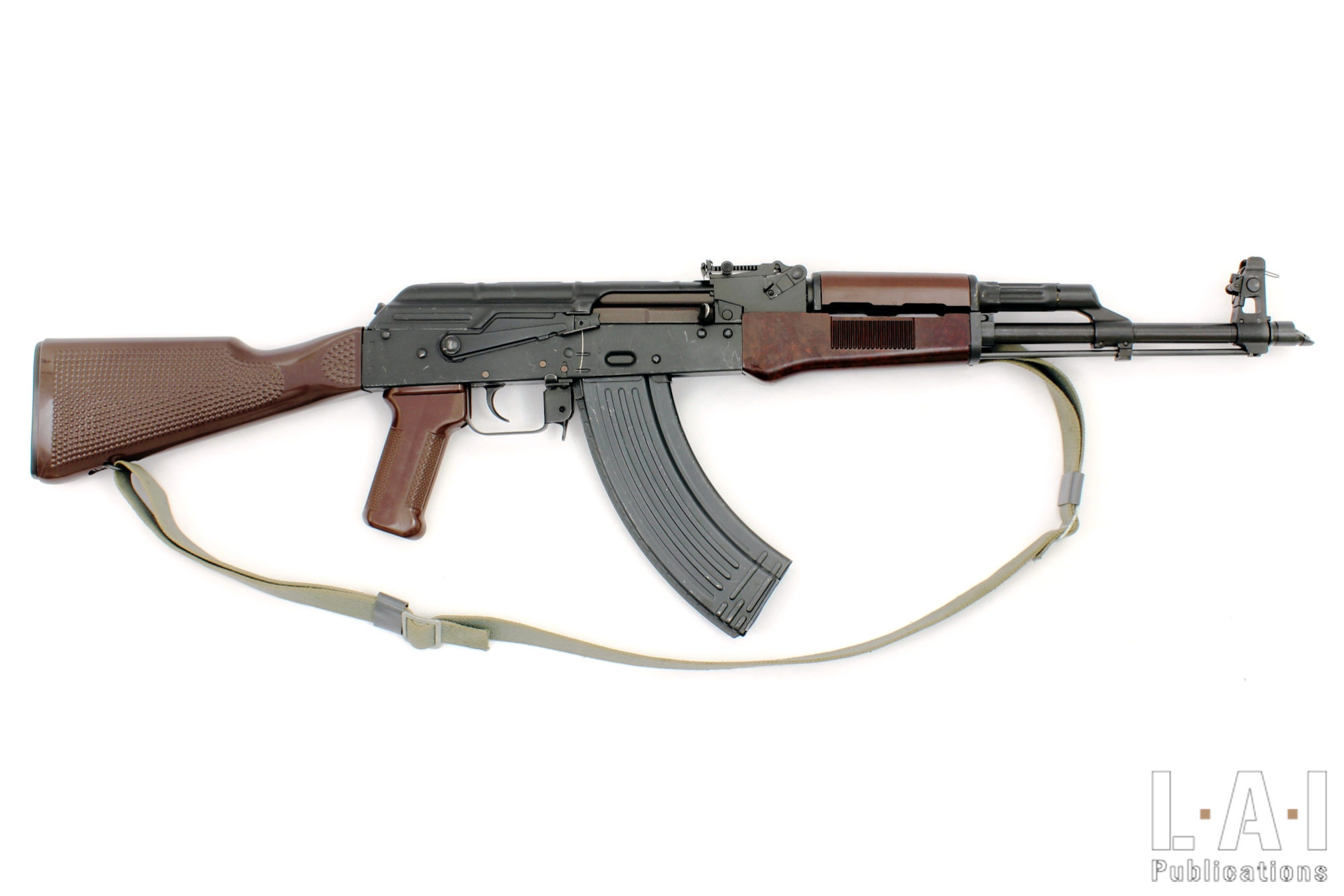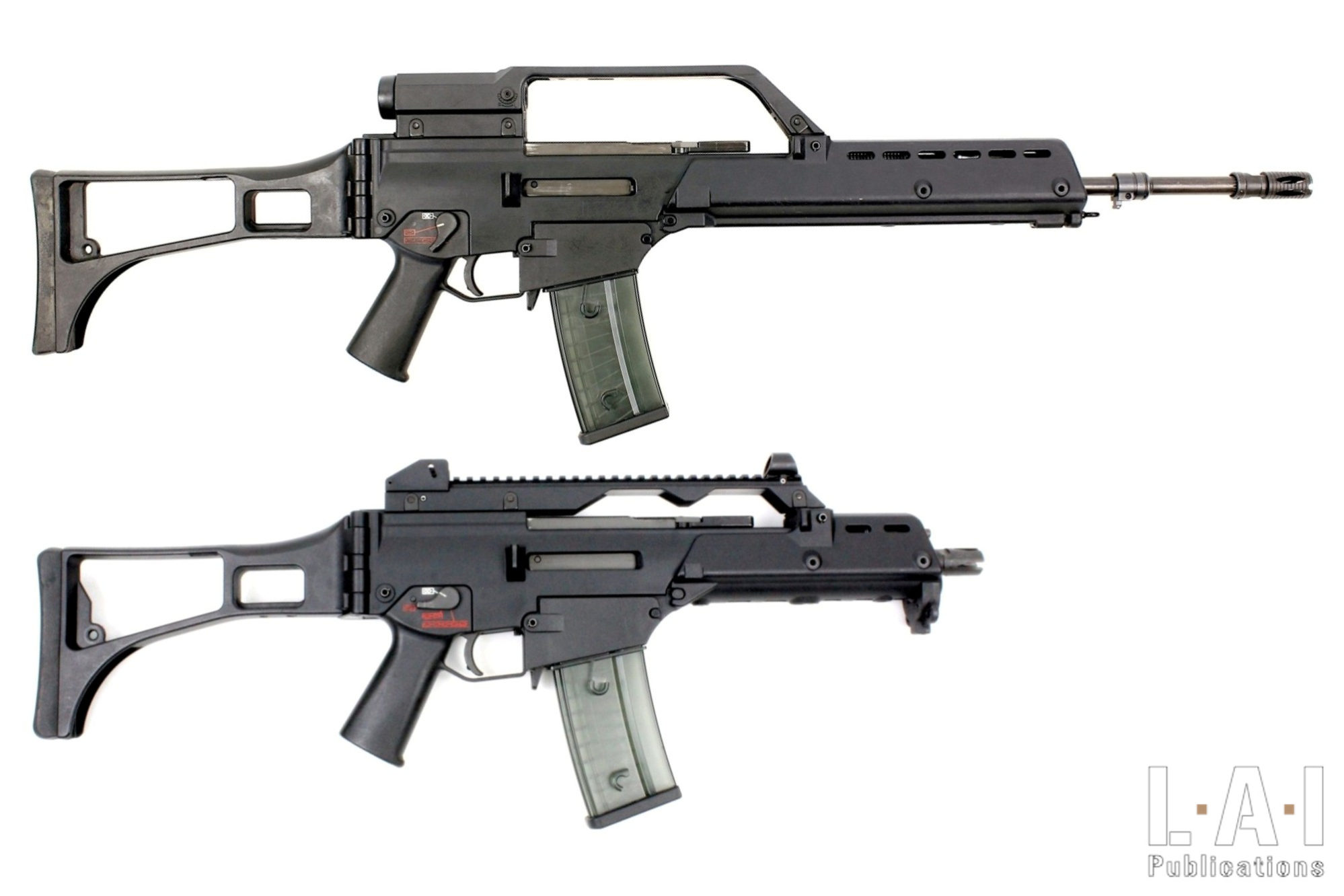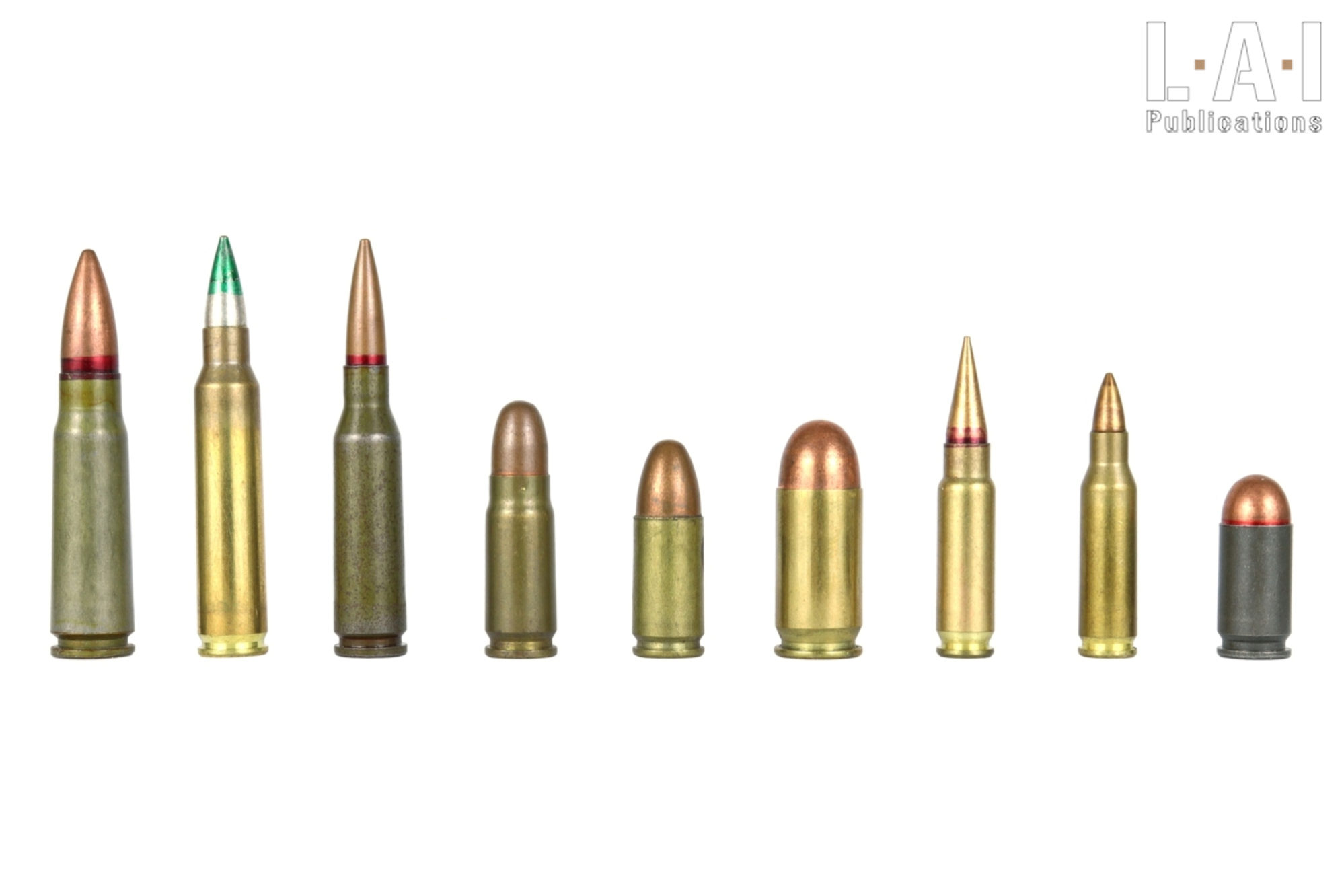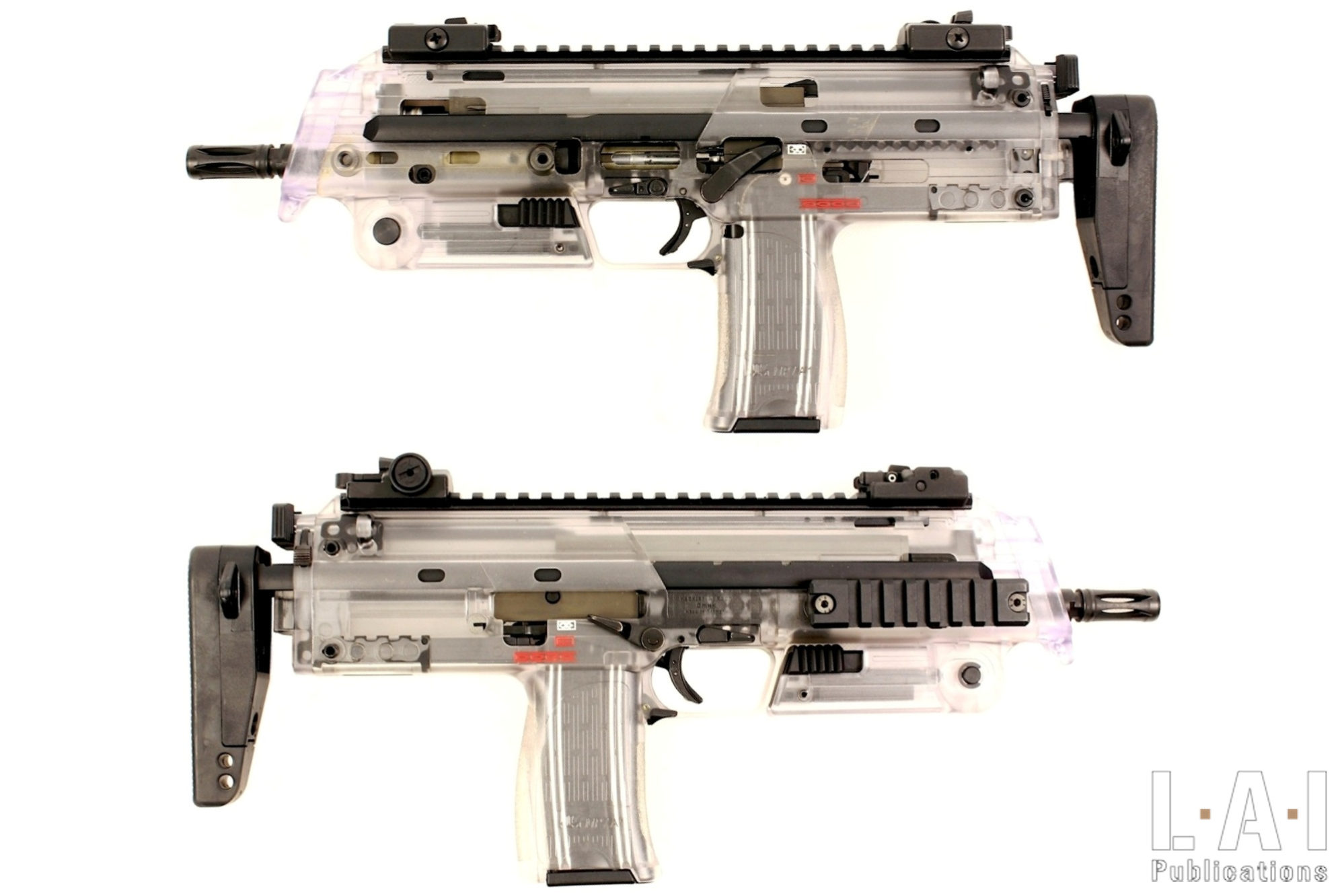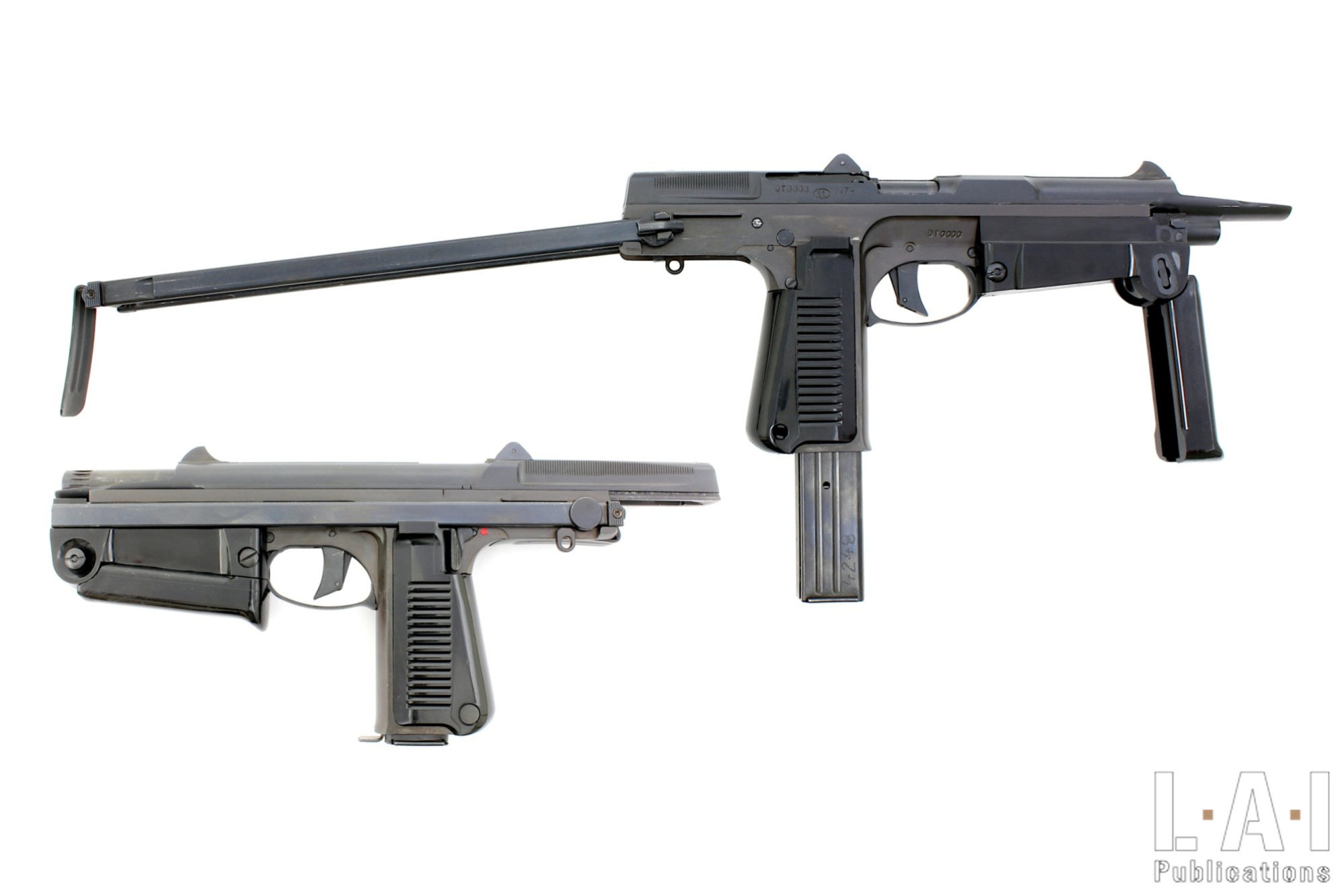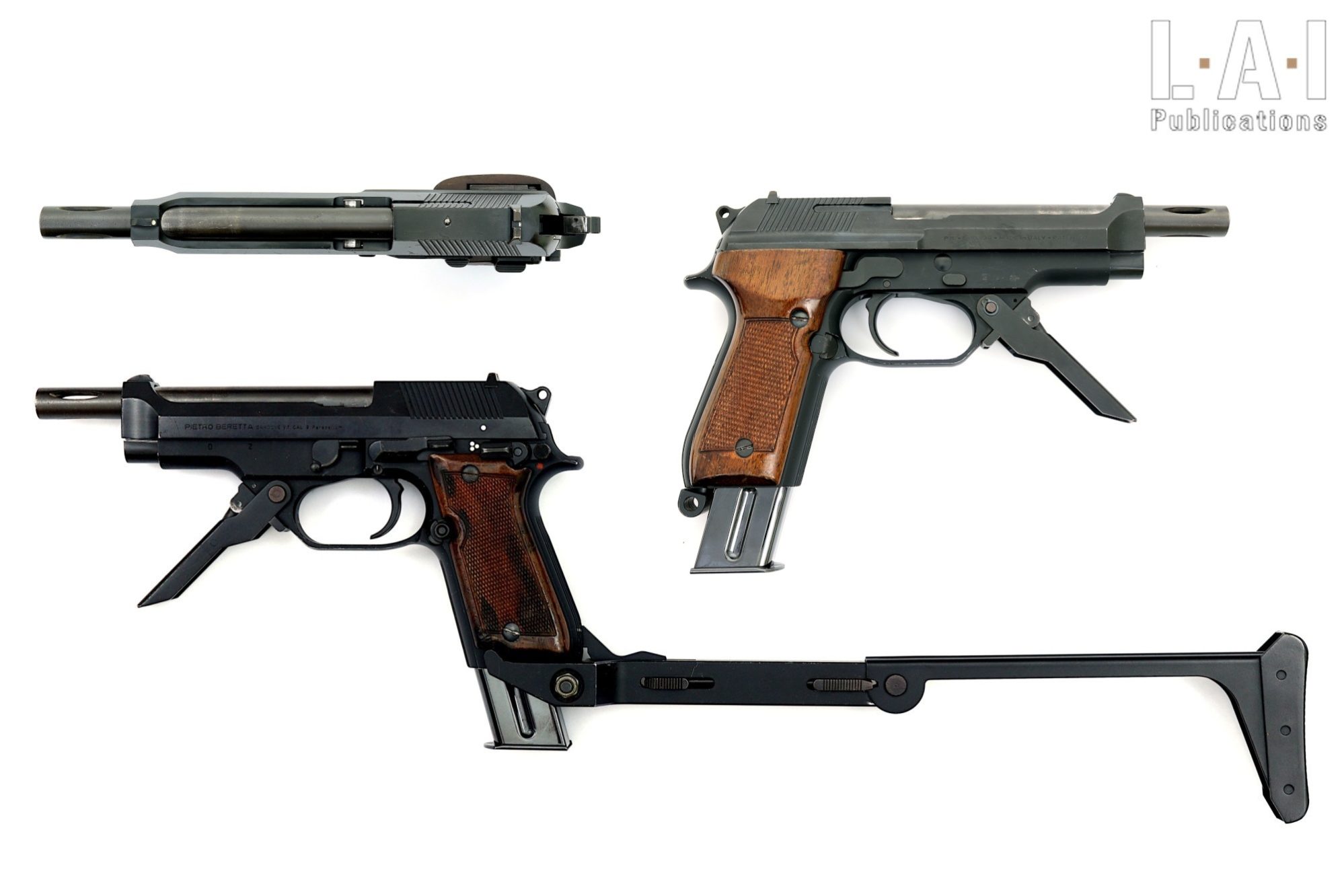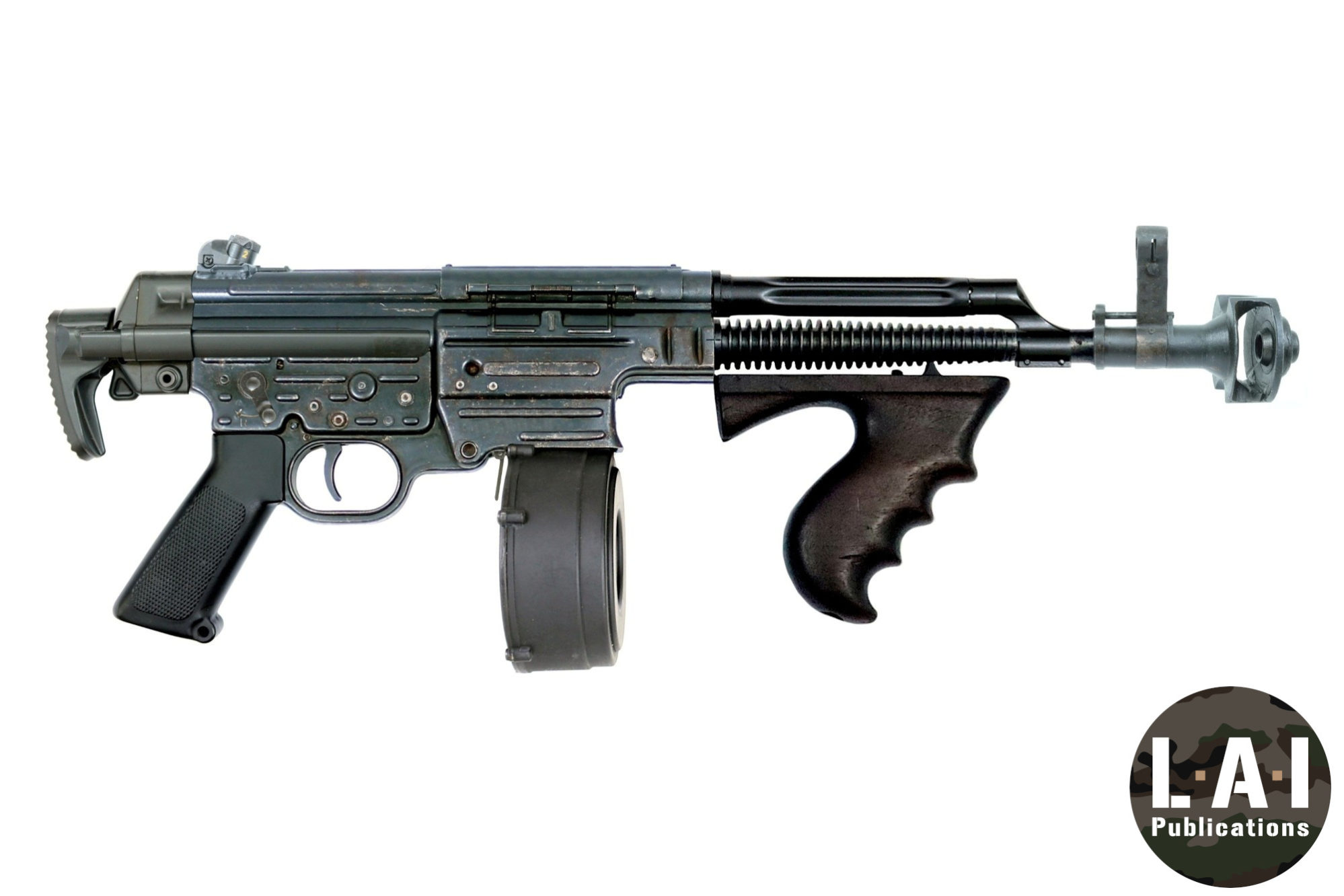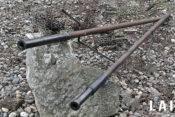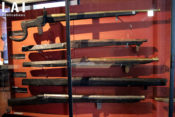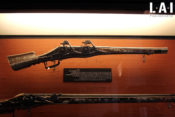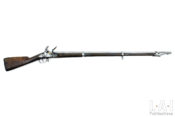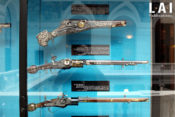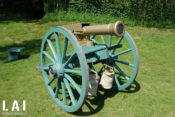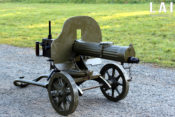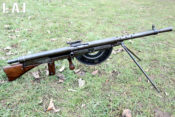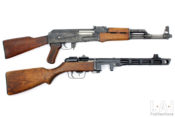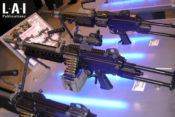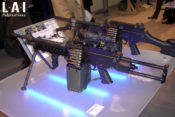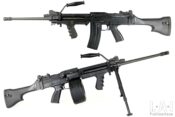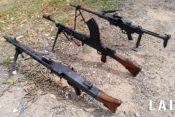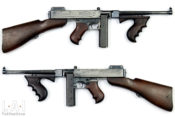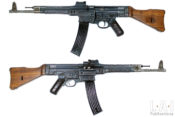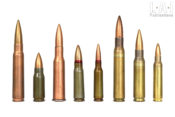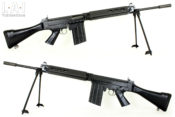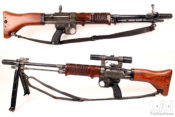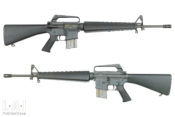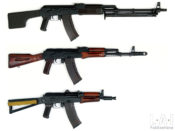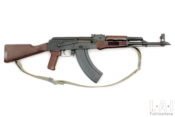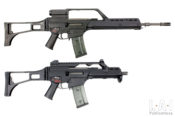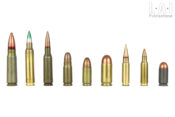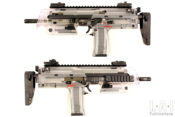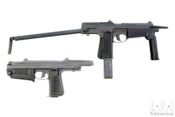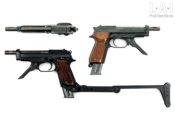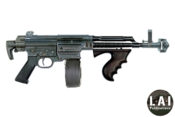The Choice of Words: A Reflection on Semantics regarding the Categorization of Firearms

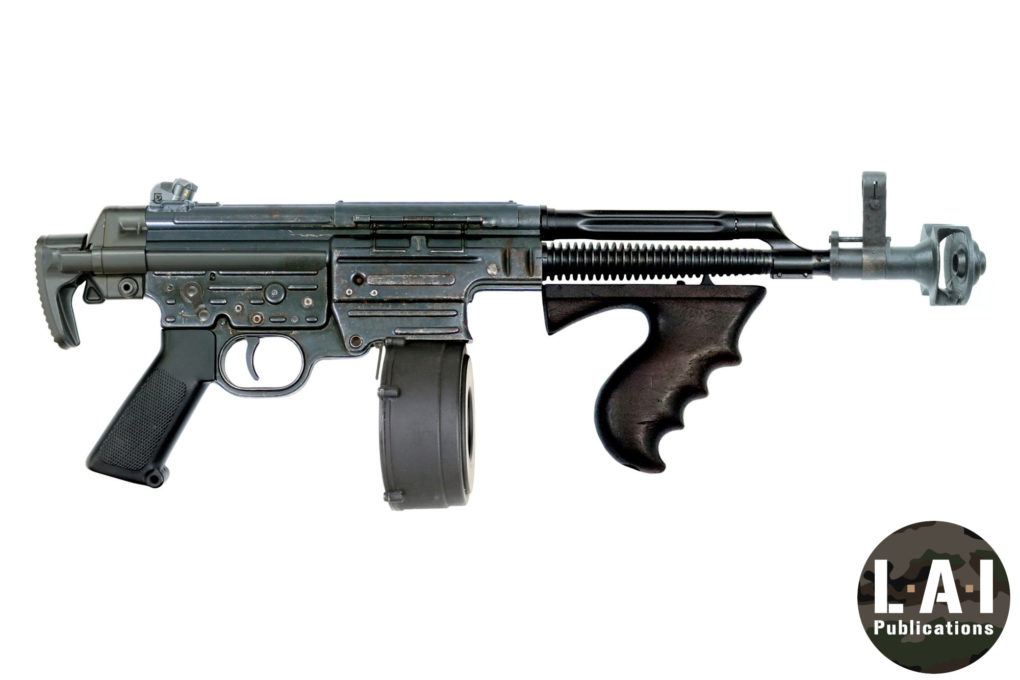
For a long time now, we have been observing, in many conversations, on the Internet or even in the media, that the “categorization” of weapons is a prisoner of a semantics that is often devoid of rationality in favor of “shock” formulas, whether chosen for ideological or mercantile purposes… Let’s discuss about that.
Narrowing down the problem a little bit
Beforehand, it is necessary to understand here that not everyone has the same level of firearms education. This is by no means a value judgment, but simply an observation. Those of you reading here probably had a significant interest in the subject (or are particularly curious and open-minded, and I congratulate you just as much): the words and concepts related to weapons are therefore familiar to you. But if you try and discuss these subjects with people who are “ordinarily” unfamiliar with the world of weapons, you will quickly see that a subject that is ultimately “simple” (we are very far from quantum physics…), is quite confusing in the minds of the general public. Ask this simple question, “What is the specificity of a revolver? ” The answer is in the question, and yet a large number of people will not go beyond the definition of a handgun. Even professionally, some people who come into contact with weapons on a daily basis are sometimes surprisingly lost in a maze of considerations. And for good reason: the weapon is often one tool among many others at their disposal necessary to accomplish their mission and not an object of passion and study (or even fascination…).
This is because it is in fact a subject that is the matter of little instruction. For the French population, the situation has become more dire since the end of conscription. Worse, it is frankly demonized, in an uninhibited and irrational way: whether we like it or not, weapons have been part of the history of humanity since the dawn of time… and, most likely (and somewhat, let’s agree, unfortunately) forever. All the more reason not to abandon this field to hateful and fanatical people of all stripes (greed being also a form of fanaticism). In France, even in institutions that use these “tools”, instruction is often limited to the bare utilitarian minimum, sometimes provided by staff, sometimes poorly instructed, often torn between several functions and very generally without means! Of course, there are passionate and exciting instructors. A special thought for them, whatever their “chapel” may be. Finally, this theme is subject to fantasies, fears and frustrations… all with a big pinch of Hollywood seasoning.
Thus, it is rather easy to sow confusion in people’s minds with “shock” formulas, sometimes completely uncorrelated with meaning, and whose purpose is often not the one displayed by “the choice of words”.
So, no, the purpose of this article will not be to provide instruction to the general public: our entire website (subscribe!) is actually dedicated to this mission, and in particular, our book “Small Guide for Firearms”, linked here. No, it is a question of bringing here a reflection (with no judgment, but with my actual thoughts about this) on the choice of words and expressions linked to an alleged “categorization” of weapons (i.e. a grouping by “family”) and this to understand “whatever we are talking about“. Therefore, when we use the term “categorization” here, it is necessary to understand that we are not part of a regulatory framework, which uses its own definitions. In France, these definitions are contained in part in Article R311-1 of the Internal Security Code. Finally, as is often the case with semantics, the meaning of an expression is a matter of point of view. Therefore, we might agree… that no one is fundamentally right or wrong! But still, it must be possible to avoid certain pitfalls.
At least, for the English-speaking readers, I offer you a linguistic trip: because, yes, as a French, I will keep on this reflection mainly (but not only) to my mother tongue. But take it easy, all is – of course and as always – translated.
A bit of historical context
Until the middle of the nineteenth century, the semantics of categorization of portable weapons were rather limited. The reason for this was simple: almost all of the weapons were “one-shot per barrel” and shared a ballistic that were ultimately close. If the evolution of firing systems had important consequences both from an industrial and practical point of view, this ultimately changed little on the performance of weapons from a ballistic point of view (in every field of ballistic) … but mainly on the action of the loading: the introduction of the projectile through the muzzle of the barrel. This naturally led to an observation: a repeated action of the weapon could only be engaged on the condition that there was “time” to reload. It was therefore difficult to conceive this in the tumult of close-quarters combat. In addition, the use of black powder made it all the more problematic: its low yield limited its ballistic effectiveness (especially when compared to modern firearms) and the fouling associated with its combustion made repeated use complex. Depending on the situation, the weapon was thus closer to a “disposable device” … that can be reused later, when one has had time to clean and reload.
In the French language, it seems that the first expression dedicated to a portable firearm (i.e. held by the user at the moment of firing), which appeared in the fourteenth century, was “couleuvrine à main” (hand culverin) (Pic.01). Let us not confuse port and transport here: we leave aside here the case of the “haquebute“, a term that appeared in the fourteenth or fifteenth century (depending on the source) which would designate a weapon supported on a wall at the moment of firing. The hand culverin is a muzzle-loaded firearm generally placed at the end of a long piece of wood. The weapon is fired in the manner of the cannons of the time. Next came the “arquebuse” (arquebus) during the fifteenth century (Pic.02). It was then a muzzle-loading weapon fired by a flammable cord (hand-held or on a matchlock) and later with a wheellock. They could be described as “shoulder weapons”: these guns generally have an ersatz stock that is somewhat different from our current standards (Pic.03). They are frequently used from a support fork. From the sixteenth century onwards, the term “mousquet” (musket) appeared. It then refers to a muzzle-loading weapon using a matchlock, then a wheellock, usually equipped with a shoulder stock that is already more familiar to us and whose barrel is significantly longer than the arquebus. It was quickly supplemented by the term “Mousqueton” (musketoon), which referred to a more compact weapon, intended in particular for use by cavalrymen. During the sixteenth century, the term “fusil“ (T.N. the translation of this word will be discussed later) was used to refer to a weapon with a flintlock firing system (Pic.04). It should be noted that the word “fusil” originally refers to the piece on which the flint is “beaten” to obtain a spark and light the tinder in the order to light a fire. The term will be used in a more general way to designate most long weapons up to the present day, and this, by decoupling it from most of the technical criteria, and in particular, the flintlock firing system that served as the basis for its christening. It was supplemented at the end of the sixteenth century by the term “carabine” (carbine), which, like the “Mousqueton”, designates a more compact weapon intended in particular for cavalry. It should be noted here that the considerations on size are something that would evolve over time: the “Fusil Semi-Automatique” 49/56 (FSA 49/56), 1020 mm long, is not considered by anyone to be a “carabine” … while it is ten centimeters shorter than an “Carabine de chasseur 1853 T”! In reality, beyond the technical criteria, it is the users that are then targeted by the term “Carabine“.
For handguns, the word “pistolet” (T.N. : pistol) probably appeared in the sixteenth century, when it referred to a “short” weapon with a wheellock, used in particular by the cavalry (Pic.05). Short… well, shorter than a “Mousqueton” or a “Carabine”! Although this may be thought to be the case, it is not clear from our research that these weapons were originally systematically devoid of stocks. However, this is the meaning that this term will take in the centuries that followed and has remained so to the present day.
It is not uncommon for these terms to be supplemented by a qualifier specifying the function of the weapon: “de Rempart“, “de Gendarmerie“, “de Garde du Corps“, etc. Therefore, these weapons present one or more specificities related to the uses mentioned by the qualifier.
Of course, more sophisticated systems were created here and there, but these did not really mark the evolution of weaponry until the middle of the nineteenth century. There is, however, one type of weapon that would end up leaving a lasting mark on the gunsmith landscape: these are the weapons with several chambers arranged on a part in revolution and which would be named, from the middle of the nineteenth century… revolver.
In English, we thus find similar terms: hand-culverin, harquebus, musket, pistol. However, a distinction was made from the end of the seventeenth century in Shakespeare’s language: it was the use of the term “rifle“. It is a weapon with a rifled barrel, which today refers to a long gun, although the term actually focuses on the presence of rifling in the barrel. In the same spirit, the “shotgun” appeared later: a weapon originally intended to fire a load of several pellets of lead (usually from a smoothbore barrel). Also, the recurrent use of the term “gun”, which can be translated in French as “Arme à feu“, but which focuses on the presence of a barrel, occupies a much more prominent place than the equivalent expression in the French language. On the other hand, the word “fusil” has no real equivalent in Shakespeare’s language: the term “musket” was used until the nineteenth century, when it was supplanted by “rifle” and “shotgun” depending on the weapons described. Today translated by one of these two terms, it can be stressed that the current meaning of the term “fusil” is very general and no longer necessarily refers to a flintlock weapon. To maintain this general notion, its translation into English would correspond to “long guns“. However, the latter term would tend to be translated as “Arme d’épaule” (T.N. shoulder weapons, the “Arme longue” expression isn’t really used that much in French): however, these expressions do not focus on the same criteria. In short, in French, in English, in German as in any language: “We must respect the cultural exception”! And we won’t be able to focus on all languages here…
From the middle of the nineteenth century, the generalization of breech loading and then metal cartridge opened the door to the multiplication of types of weapons, and in particular to the repetition mechanism. The repetition is first of all manual: bolt-action, lever-action, pump-action, etc. The revolver itself, which was then in its golden age, remained, with rare exceptions, a “manual” repeating weapon. Before the end of the nineteenth century, this manual repetition was quickly supplemented by semi-automatic and automatic repetition.
At this time, we encountered the first real stumbling block in both the languages of Molière and Shakespeare: the use of the expression “pistolet automatique” / “automatic pistol” to designate a weapon… which today should be described as semi-automatic! Of course, one can debate the meaning of the word “automatic” in the expression:
- If it refers to the action of reloading the weapon and rearming the firing system, then it is perfectly suitable.
- If it refers to the action of firing in bursts (as generally understood today) … So no.
It can be assumed that “confusion” was possible in the minds of weapons designers at a time when the automatic weapon was also in its infancy with the first automatic “machine guns”, which succeeded to the “manual” machine guns (Gatling and De Reffye to mention only the best known – Pics. 06 and 07). Personally, we cannot help but think that the choice of the word “automatic” was, however, more mercantile than technical. And that’s where the problem lies, because a small sprain in the tongue would lead to a lot of confusion… which continues to this day. But we’ll come back to that.
Mitrailleuse, Fusil-mitrailleur, Pistolet-mitrailleur and pistolet-rafaleur : a French problematic?
Let’s first focus again on the language of Molière. First coined in the second half of the nineteenth century, the term “mitrailleuse” (T.N. here too, translation of the word will be discussed later) originally corresponded to a fairly clearly defined weapon: a weapon mounted on a support (vehicle, tripod, rolling carriage, sleds, etc.) intended to deliver bursts at sustained rates. This is all the clearer as the weapon is bulky and unique due to its specificities for the time (no other weapon firing in bursts at the time). The latter, close to the artillery piece, is generally (systematically at this time?) devoid of a shoulder stock. Faced with the need for a more flexible weapon (in the sense of its ability to accompany combatants as they maneuvered on the battlefield), the “Fusil-Mitrailleur” appeared at the beginning of the twentieth century. Here too, the thing is originally quite clear: the weapon, which still has the ability to fire in bursts (sometimes with the possibility of firing in single mode), is more easily “portable” than a “Mitrailleuse” (lighter and less bulky), equipped with a shoulder stock and can be used without a carriage (and generally from a bipod – Pic.08). In practice, it is not uncommon for “Fusils-Mitrailleurs” to be referred to as “Mitrailleuse“. Even the French Army ended up overusing the term to differentiate between the heavy-barreled versions (called the “version mitrailleuse“) and the light-barreled versions (called the “version fusil-mitrailleur“) of the AA-52 and AA-NF1.
The end of WWI saw the appearance of the “Pistolet-Mitrailleur“, an expression that originated in the German “MaschinenPistole“. At first glance, it may seem quite clear to many: it would be a weapon that would allow the firing of pistol ammunition in bursts. But where it becomes problematic… well, the morphology of the weapon thus described does not correspond to a “pistol” but rather to a “carabine” or a “mousqueton“: a weapon shorter than the infantry standard issue rifle of the time (Pic.09). The Italians were not mistaken when they used the expression “Moschetto Automatico” (automatic musketoon) to designate their first weapons of this type… before lining up behind a tacit consensus “diktated” by Germany, to which the paternity of the concept is generally attributed in its form finally reproduced by all the protagonists of the great world mess… Oh yeah, today, I will speak out!
Almost concomitantly (in fact, a little before the German MP-18), the appearance of the first “real pistols” that are “really automatic” was the source of a new expression: “Pistolet Rafaleur“. However, we are in the presence of a pistol here… well, one that “rafale” as much as it “mitraille” (T.N. both terms meaning in French “shooting a burst”). By the way, the first of them, as far as we know, the “Steyr Maschinenpistole M.12 Patrone 16“… is also called “MaschinenPistole“ in Goethe’s language.
Thus, with “Pistolet-Mitrailleur“, we can observe here that we are in the presence of an expression that does not properly designate the object in question. As with “Pistolet Automatique“, we can take refuge in a contextual interpretation based on “it is a question of designating the type of ammunition used, i.e., pistol ammunition”. But this is actually much more dishonest than the excuse used for “automatic pistol”: since the beginning of this little chronological retrospective, there is no mention of the power of the ammunition used anywhere! Does a .22 Long Rifle carbine cease to be a carbine because of the power of its ammunition, which is much lower than that of a 9×19 mm? No, we have to admit that the expression “Pistolet-Mitrailleur“… is inherently wrong! In French, as well as in German, Italian or Russian… etc. On the other hand, the one used for the “Pistolet Rafaleur” is quite rational… But what about the fire selector? These weapons can usually also fire semi-automatically. If for the “Pistolet Automatique” we clearly suspect mercantile tendencies, for the “MaschinenPistole” we suspect more – in view of the context – a lack of inspiration and reflection! Let us emphasize in passing, that in French, the term “Mitraillette“, which has largely fallen into disuse, but which was widely used by our elders (sometimes also wrongly and indiscriminately), was finally much better! It is a burst-firing weapon smaller than a “Mitrailleuse” … and it can fit perfectly with the characteristics of a “Pistolet-Mitrailleur“.
Before continuing this necessary retrospective chronology, it is paramount to make a detour to the English-speaking countries… because when we get to WWII, things are really going to take a turn for the worse. “Komplikated“!
“Machine gun”: an Anglo-Saxon problematic?
In Shakespeare’s language, the term “Machine Gun” (MG) was initially used to designate any type of automatic weapon. Even today, it designates for the BATFE, any weapon that can fire in bursts: the expression frequently encountered in this context is “transferable machine gun“, because it designates automatic weapons that can be legally marketed. For people unfamiliar with the automatic weapons trade in the United States, look for this expression on the Internet… and look at the prices! This is a far cry from the myth of automatic weapons in supermarkets, which is nevertheless put forward in most of the media (at least in France) … But back to business. It should be noted here that we are talking about “Gun“, i.e., a term encompassing all weapons equipped with a barrel as mentioned above. It’s thus very different from the German “MG”, which stands for “MaschinenGewehr“, which could be translated as “automated rifle”, a term used to designate machine guns and light machine guns… but let us leave Goethe out of all this… For now.
Nowadays, for gun enthusiasts, “Machine Gun” refers to the family of “Mitrailleuses” and “Fusils-Mitrailleurs”. Within this large family, four subgroups are frequently used:
- “Standard Machine Guns”: This expression is rarely used and is usually used only to put this category in opposition to the others stated here. It generally refers to the “Mitrailleuses” operated from a tripod that appeared at the end of the nineteenth century and used an infantry rifle caliber.
- The “Light Machine Gun” (LMG): this is the family of “Fusils-Mitrailleurs” that appeared at the beginning of the twentieth century to which were added “Fusils-Mitrailleurs” using intermediate calibers and other “Fusils-Mitrailleurs” considered “light”, even in 7.62×51 mm and weighing 8 kg… You’re starting to understand that all this makes no sense… (Pics. 10 to 12).
- The “Medium Machine Gun” (MMG): These are belt-fed “Fusils-Mitrailleurs” using infantry rifle ammunition. Clearly, this expression is almost never used: all weapons in this category generally meet the necessary conditions to be considered part of the next category…
- The “General Purpose Machine Gun” (GPMG): these are the “MMGs” with increased versatility due to the various purpose accessories available (tripod, vehicle mounting, bipod, etc.). This makes no sense in absolute terms: at an industrial level, all weapons can be equipped with accessories (Pic.13). It’s just a matter of will… and money!
- The “Heavy Machine Gun” (HMG) are “Mitrailleuses” using the ammunition described as “large caliber” by our Anglo-Saxon comrades, namely the 12.7×99 mm, 12.7×108 mm, 14.5×114 mm, etc., but without falling into calibers equal or greater than 20 mm: it is then generally referred to as “cannon”. As a reminder, in the French Army, “gros calibre” (T.N. literally “large caliber”) ammunition starts above 40 mm… Respect the cultural exception, we tell you!
From your servant’s point of view, we highlight here on the two main issues that cause confusion in the categorization of a firearm:
- As soon as you put too many different types of weapons in the same category, it becomes meaningless.
- It is absolutely not possible to categorize a weapon by a particular use!
These two issues are related, but we’ll come back to them… Let’s finish with our Anglo-Saxon comrades and with this historical retrospective in the first place…
Also, we will quickly move on to the category of “Automatic Rifle” which designates automatic long guns in a way that is far too general according to Wikipedia. All piled together we found, light machine guns (Lewis, Chauchat…), battle rifles (M14, FAL, G3…) and assault rifles (M16, AK-47…). Here, it seems that the original idea – no doubt fantasized by designers of the BAR 1918 – simply does not allow us to designate anything, either from a practical or technical point of view, that corresponds to a precise definition.
For “Mitraillette” / “Pistolet-Mitrailleur”, the expression used by our Anglo-Saxon friends is “submachine gun” (SMGSubMachine Gun More – Pic.14). And here, just like “Mitraillette“, the term can perfectly describe the weapon in question, the prefix “sub” inducing a notion of reduction.
For the “Pistolet-Rafaleurs”, the expression “Machine Pistol” has become the norm. Here, one can clearly feel that the latter derives from the German “MaschinenPistole“. It is quite disturbing because “Machine” can be translated in this context as “mechanized”. The expression could therefore just as easily refer to a semi-automatic weapon… Wouldn’t it have been simpler to call these weapons “Automatic Pistols“? Oh yeah, it’s already taken…
Once upon a time in Nazi Germany…
Once the stage as it were at the beginning of WWII has been set, we will of course refer here to the case of the “SturmGewehr“, literally “assault rifle” in Goethe’s language (Pic.15). We won’t repeat here the game of who was the first to do what from a conceptual point of view… That’s not the point. Anyway, after some semantic hesitations (first “MaschinenKarabiner” then “MaschinenPistole“… and yes, again!), our German cousins will baptize their “select fire automatic rifle of a first-generation intermediate caliber” (here, the 7.92×33 mm Kurz – Pic.16) “SturmGewehr“. Should we understand that it is a weapon whose primary vocation is assault? Because clearly… This is not the case! On the contrary, far from being confined to a task, the “select fire automatic rifle of an intermediate caliber” is probably, at the time of its creation and up to the present day, the most versatile firearm imagined! It offers a compromise that meets most needs on the battlefield and in both offensive and defensive situations. So, of course, we are perfectly aware that the term “SturmGewehr” does not in any way reflect the use for which the weapon is predestined, but is indeed a propaganda expression of Nazi Germany, just like that of “Wunderwaffen“. Today, we would speak, in all hypocrisy, of an “element of language” (I warned you: today, I am speaking out!). The problem is that, in the end, very few people are aware of this semantic detail, nor of the realities that are or should be hiding behind it.
In the West, the concept will be all the more misunderstood because it will not be immediately followed by any offspring. Indeed, at the end of WWII, while several countries considered adopting an intermediate-caliber weapon (notably the Belgians and the British), NATO under US hegemony imposed the 7.62×51 mm as the “standard” caliber. The ballistic performance of this caliber is similar to the infantry rifle ammunition used by the various belligerents during the two world wars, i.e. about 50% more energy than for an intermediate caliber.
This was followed by a generation of weapons with a “badly cut” vocation in 7.62×51 mm whose automatic mode only allows you to tick a box on a description sheet (or in a call for tenders…). This family includes the FAL, M14 and G3… even if the history of Belgian and German weapons is marked by the concept of intermediate caliber (Pic.17). Although this type of weapon emerged in the immediate post-war period, the term “battle rifle” used today to refer to them was not generally used until the late 1990s/early 2000s. This family of weapons is now extended to equipment whose legitimacy can be clearly questioned: to classify the M14 and the Garand M1 in the same category do not, in our opinion … make any sense (Pic.18)! Worse, we have recently seen on some Wikipedia pages, 5.56×45 mm rifles classified as “Battle Rifle”… ah Wikipedia: for better or for worse… It’s up to everyone to sort it out! Conversely, back in the Cold War era, these “battle rifles” were sometimes called…” assault rifles”!
However, in the West, the expression “assault rifleAn assault rifle is a weapon defined by the use of an "inter... More” will be resurrected with the arrival of 5.56×45 mm weapons, led by the AR-15 (Pic.19). It should be noted while we’re at it, that the “AR” of the “AR-10” (in 7.62×51 mm) and “AR-15” (in 5.56×45 mm), sometimes thought of as “Assault Rifle”, actually refers to “Armalite Rifle“, a recurrent christening for all the brand’s weapons.
Meanwhile, on the other side of the Iron Curtain, the term “assault rifleAn assault rifle is a weapon defined by the use of an "inter... More,” National Socialist jargon, is apostatized. Weapons of the AK-47, AKM and AK-74 families are simply “Avtomat”: “automatic” (Pic.20). It should be noted that the term seems to have been used alone (as it was already used together with “Vintovka” – “rifle” – in the AVS-36) for the first time with the AS-44, at a time when the term “Sturmgewehr” was perhaps not yet widespread. Proof, if any were needed, that in the Soviet Union, the meaning of words was not discredited: many things are hidden in language. Finally, in some Warsaw Pact countries, the equivalent of the expression “Pistolet Mitrailleur” was used for this type of weapon: East Germany, Poland, Romania, etc. (Pic.21). Here, if the thing makes even less sense than for an “MP-18”, we find the same desire (no doubt initiated by Moscow) to reject the Nazi propagandist semantics in favor of a more “neutral” expression… even if it means using a totally inadequate expression! Because clearly, an AK-47 is not a “Pistolet Mitrailleur” …
About categorization…
After this first historical and geographical overview (how many readers are left?), an observation that can be made today and that there are generally two ways of considering the categorization of a weapon:
- Some will do so by a particular (and assuming primary) use of the weapon.
- Others, depending on certain criteria of the weapon itself.
If the former are, in our opinion, clearly in the majority to date, let us state it bluntly: we are part of the second group! From our point of view, as already mentioned, it makes no sense to categorize a weapon according to a particular use, because the same weapon can simply find several uses. Therefore, categorization can only make sense – again in our view – if it refers to certain precisely defined criteria. These criteria will help, in an argument or study, to refer to things that are “comparable”. Because that’s normally the purpose of “categorization”: to put weapons into categories, to designate things that are comparable.
Without pretending to establish a universal classification system here (which no one would use anyway), we can at least present the criteria, which in my opinion, allow us to describe a weapon objectively and therefore to categorize it:
- Type: Handgun / Long Gun. The issue is not limited to the presence or not of a shoulder stock: from our point of view, a handgun must generally allow effective use using the hands alone and have a size compatible with carrying it in a holster without prejudice for daily use in a mission that does not normally require a weapon.
- The mode of operation: single-shot, manual, semi-automatic or automatic repetition, with or without a device allowing you to choose your firing mode in the latter case (classically a selector, but also sometimes the staggering of the trigger stroke).
- The feeding method… or even feeding methods. Integral magazine, removable magazine, belt-fed… The capacity itself isn’t particularly relevant, because for many weapons, it’s going to be a choice that’s ancillary to the weapon.
- The caliber or at least, a precise category of caliber: if the thing seems to flow naturally, it is not! It is common to find comparisons between 5.56×45 mm, 5.7×28 mm, and 9×19 mm weapons… yes, we are talking about the concept of “PDW” that some people use, but we will come back to it. But we can indeed consider grouping some calibers into categories: comparing 5.56×45 to 5.45×39 mm is not aberrant, as is comparing 7.62×54 mm R, 7.62×51 mm and 8×57 mm IS. However, here too, care must be taken not to fill the categories with things that are not very comparable and this in order – once again – not to empty it of its meaning.
- The weapon’s ballistic performance with a given ammunition: the muzzle velocity of a bullet of known mass (the top being a standard ammunition), with what level of accuracy at a distance representative of the intended use. These data simply allow us to quickly understand that when we talk about a G36 and a G36CV, we are talking about two weapons whose ballistics are ultimately very different… (Pic.22). Because no, the caliber is not enough to consider the capabilities of the weapon: firing the 5.56×45 mm SS109 in a 20 cm barrel is to deprive yourself of a large part of its energy potential and accuracy, this ammunition being optimized for barrels of about 45 – 50 cm. Finally, regarding the hit probabilities, it is important to know the speed: therefore, to consider only energy is to deprive oneself of important information. So why not mention the length of the barrel? Well, because the length is only partially responsible for the muzzle velocity: the ammunition is “co-responsible”. One might as well focus directly on the result with a normed ammo…
- The firing regime applicable to the weapon: the question here is how much fire can be delivered in a given amount of time. This should include, in the case of automatic weapons, an idea about the threshold of thermal self-ignition (el famoso “Cook-off“) or how to protect the weapon from it (by open-bolt firing). Clearly, this is a difficult point to quantify, but nevertheless important: we could be in front of people who use an HK G36 (randomly?) in the same way as a HK MG4… and who are surprised when problems occur!
And we can note here that factors relating to ergonomics and technology (choice of materials, manufacturing technology, operating system, etc.) are almost absent. And for good reason:
- A light weapon will always be preferable to a heavy weapon (even if it can have consequences in terms of the weapon’s shooting behavior).
- A compact weapon will always be preferable to a bulky one.
- Ergonomics criteria can be subjective depending on the target audience or the missions envisaged. For example, does the meaning of the word “compact” resonate the same with a person working in civilian clothes “incognito” as it does with a uniformed soldier?
- Technological choices will have to be based on criteria of reliability and an economic model that transcends the issue of criteria that categorize the “firing vector” that a weapon represents. And yet, those who read me know how technological considerations… are the ones I’m most passionate about!
Ultimately, an assault rifleAn assault rifle is a weapon defined by the use of an "inter... More could be described as the following (X denoting values here undefined):
Select fire automatic shoulder weapon, fed by removable magazine, with a V0 of XXX m/s for XXX ammunition and a grouping of XX + XX cm (H+L) to XXX m (maximum practical range), closed breech firing and dedicated to sustained semi-automatic fire and occasional automatic fire up to a maximum of XXX rounds fired in XX seconds.
Admittedly, it sells less as in-your-face as than an “assault rifle”… But at least we know “what we’re talking about”.
It is thus of course possible to group them as a family, but from my point of view, it would be wise to completely avoid, by naming them, any notion of specific jobs (“assault”, “defense”, “general purpose”, “my balls”) to focus on criteria… and much more general but unambiguous (which is not easy…). Better still, it would be desirable to assign neutral names: “shoulder weapon class X “… as for bulletproof vests (classifications according to different standards, the most used being that of the “National Institute of Justice” or NIJ). Proof – here too, if any were needed – that it is possible to approach a subject in a neutral way with objective criteria.
In the first case, assault rifles fully exploiting the capacity of a second-generation intermediate ammunition would become “select fire automatic shoulder weapon for 0-400 m engagement”… that’s still what defines them best, but still, being too large! And in the second case, “Class X Shoulder Weapon” (X being an unknown number or letter… not a reference to the X-Men!), criteria being put in a chart.
“Battle Rifles” making full use of the capabilities of a 7.62×51 mm ammunition would become in the first case “select fire unnecessarily automatic shoulder weapon, for the 25-600 m engagement”. Why not 0-600 m? Would you take a “Battle Rifle” with a 40-50 cm barrel for close-quarters combat? In the second case, “Class X+1 Shoulder Weapon”…
By the way, for people who claim (intrinsically rightly so) that “you can hit the target” at 600 m with a 5.56×45 m and at 800 (or even 1000 m) with a 7.62×51 m… Ask yourself if the thing is reproducible and usable in a combat situation by an ordinary infantryman. Let us not confuse “firing range” with “battlefield”, and “peacetime” with “wartime”.
“Personal Defense Weapon“: a textbook case
One of the last categories of weapons to have made a mark in the collective imagination is the “Personal Defense Weapon” (PDW). As far as we know, the name “PDW” appeared in the early 1990s with the highly innovative FN P90 in 5.7×28 mm. At the time, it referred to a selective-fire automatic shoulder weapon that uses an innovative caliber. This caliber, clearly intended to think over the ballistics of handguns and other submachine guns, displays ballistic characteristics that break with what was being done in the field (Pic.23). The following table gives a comparative glimpse of this kind of ammo in the field of military ammo:
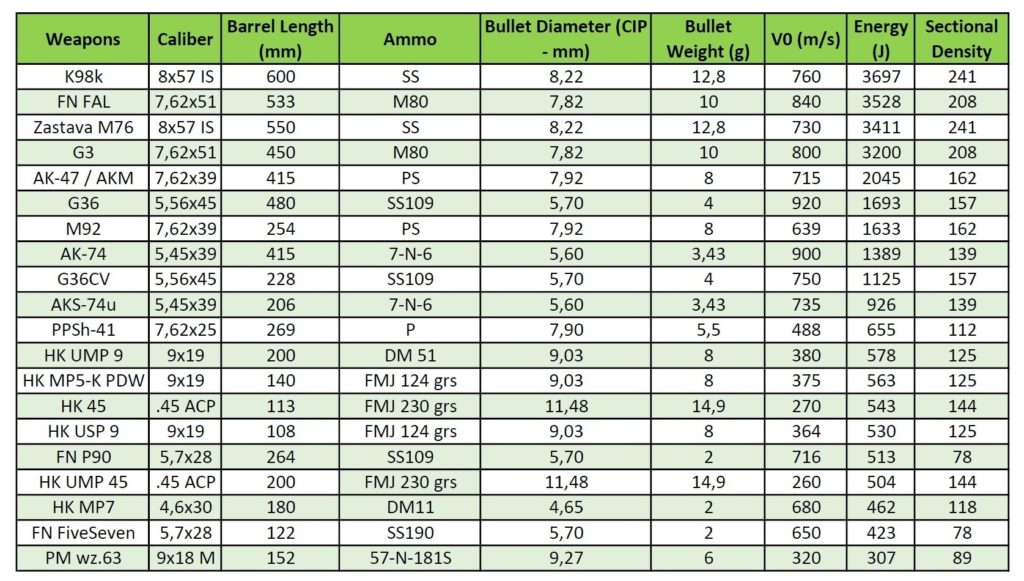
The data in this table, classified by decreasing energy, come from variable sources: manufacturer (in priority), Janes (for lack of manufacturer data) and Wikipedia (for lack of anything else!)! Some data can legitimately raise questions (in our case, V0 of UMP 45): let’s remain critical!
It can be seen here that the “main” energy component of the “main” western handgun ammo, when compared with each other, is:
- Clearly speed for the 5.7×28 mm (and 4.6×30 mm…but is it a handgun caliber? Another topic…)
- Quite “mixed” for the 9×19 mm
- Rather the mass for the .45 ACP
The interest of the thing is twofold: to increase the practical range (200 m compared to about 100 m for the majority of handgun calibers in a submachine gunSubMachine Gun More) and the piercing capabilities (speed being one of the major components in terms of perforation). During in the 1990s, the second manufacturer that seems – according to some sources on the Internet – to have put its foot in the slipper was Heckler & Koch with a variant of the MP-5K equipped with a folding stock that would then have been called “PDW”. We haven’t found any paper source (in English or French) dated from the time using this name (and notably not Jane’s Infantry Weapons 1993-94 which presents the weapon as a “submachine gunSubMachine Gun More” and does not know yet of a variant with stock), but that doesn’t mean that it doesn’t exist! Anyway, this branding actually used by HK is a plain and simple mercantile argument. In absolute terms, this is not a judgement but an observation: these arguments are necessary for manufacturers. To live, they have to sell, and to sell, they have to convince. But a mercantile argument all the same because yes, the HK MP-5K, with or without stock, remains a compact submachine gunSubMachine Gun More (or even, in a more debatably way, a machine pistol), whose ballistic characteristics are very different from those of an FN P90. In the same way, the “Safe Action” of a Glock remains a simple actionSystème de mise à feu ne permettant pas l'armement complet... More: pre-cocking by the movement of the slide is necessary to cock the firing mechanism, the action of the trigger alone is not enough. And obviously, the use of this mercantile argument paved the way for the incorporation into the category of “PDW” – which initially referred to a weapon with unique characteristics – all compact submachine guns and even, why not, machine pistols!
In the early 2000s, Heckler & Kock provided a real technical response to the FN P90 in 5.7×28 mm with the MP-7 in 4.6×30 mm… and this is proof that the MP5-K – even though it was from the same brand – was not fighting in the same category (Pic.24)! Again, the weapon will be referred to as a “PDW”: but here the thing seems perfectly justified if we make the comparison with the P90. And that’s where the historical family ends… Obviously, there are weapons here and there that reuse these calibers, but their operational (and even commercial) importance is negligible if not null.
Those who focus on a particular use of the weapon have added over time “sub-compact” assault rifles (i.e., weapons firing an intermediate caliber) and even the USM1, which is a bit of an orphan weapon in terms of categorization (which is not a criticism!). So, from our point of view, the category thus created by people defending “specific employment against criteria” has become so broad that once again it becomes meaningless. Thus, one might ask: is a Derringer a “PDW”? Its mission is “personal defense” more than any other!
In Conclusion
Obviously, we do not claim here to revolutionize the global semantics of firearms categorization. Our goal is humbler and more realistic: to allow our readers to free their personal reflections from the “categorizations” in which “the choice of words” has locked up weapons. We will probably be using the terms “assault rifle”, “Battle Rifle”, “PDW” and “GPMG” for a long time to come… Probably until a new mercantile or ideological semantics is invented to sell or convince that “this product is the best”. IAR? HCAR? To sell it to you or send you to your death with it! As you can see, we don’t like these mendacious categorizations. But as always, make up your own mind: I’m not a seer, a prophet, nor John Wick… just a technician.
Arnaud Lamothe
This is free access work: the only way to support us is to share this content and subscribe. In addition to a full access to our production, subscription is a wonderful way to support our approach, from enthusiasts to enthusiasts!


